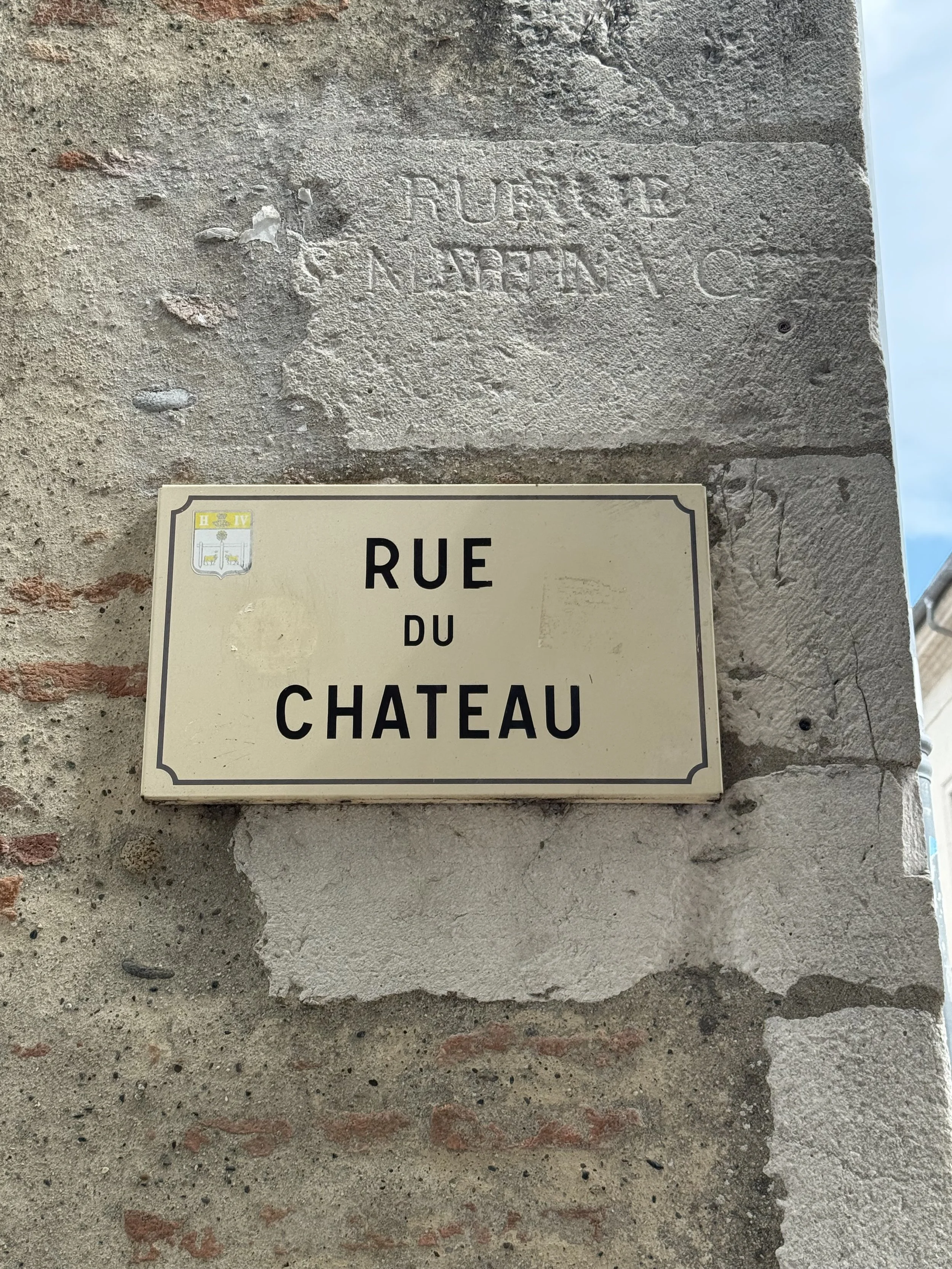“The Streets Have No Name"
A world without boundaries…
In 1987, the Irish band U2 released their groundbreaking album “Joshua Tree.” It ranks high on my list of favorite rock collections for its exhilarating compositions and almost spiritual lyrics. I’ve run many miles carried forward by this powerful combination. One song has always struck a deep chord within me, “Where the Streets Have No Name.” It refers to the streets of Dublin in Northern Ireland where an individual’s religion could be determined simply by the name of the street on which they lived. During “The Troubles,” the Northern Ireland Conflict, the distinction could mean a matter of life or death. Lead singer Bono wrote the lyrics on the back of an air sickness bag while returning from a trip to Ethiopia where he witnessed parallel strife among its people. (1) So perhaps on a deeper level, the lyrics encompass a broader perspective; the vision for a world where boundaries don’t exist and don’t delineate one’s race, religion, or social status.
Contemplating street names…
Like Bono, I’ve also contemplated the meaning of street names, from both a literal and a figurative perspective. Why are certain names prevalent in a particular region? What do they reveal about a culture? Can they carry unintended meaning? I began ruminating about street names after I left my corporate life and started my own business. I spent many hours driving around Boston and its surrounding counties. It seemed every town had similar street names, like Main, Central, Oak, or Spring. Their popularity was reasonable based on practicality or universal familiarity, even if many were plain and unimaginative.
Washington Street was particularly pervasive. Again, it isn’t surprising that the name of the Revolutionary War general and first president of our nation is prevalent. With over 5,000 streets named after him, Washington is the most popular individual’s name on street signs in the US. Other presidents, like Lincoln, Jackson, Johnson, and Jeffferson, follow him in popularity on our signs. (2) While civil rights leader Martin Lunther King has over 1,000 streets named in his honor, that is still sadly less than half as many as presidents Madison or Wilson, despite King’s arguably greater social impact. (3)
Pragmatism over idealism…
However, according to the US Census Bureau, pragmatism proves foremost in naming our streets. Out of the top ten most common street names, the first nine are simply numbers. Oddly, the most popular is Second Street. Third Street comes in second, and First street comes in third. It makes no sense and sounds a lot like the old Abbot and Costello routine, “Who’s on first?” The research also shows that after numbers, the most popular street names are drawn from nature. For example, tree species, seasons, or references to its beauty, like Sunset, Lakeview, River, and Forest. While names of authors, musicians, and artists may be common within a region, there are none that make the top 75 nationally. (2)
There is also a darker side to US street names as well. We still have signage on streets and other public places with roots in our most shameful history: racial slurs against Native Americans, African Americans, Asians, and Mexicans. The names of Confederate leaders are still honored on signage in many states from Richmond, Virginia to Hollywood, California. New York City has a surprisingly long list of street names honoring slave holders, despite efforts to irradicate the references. (4)
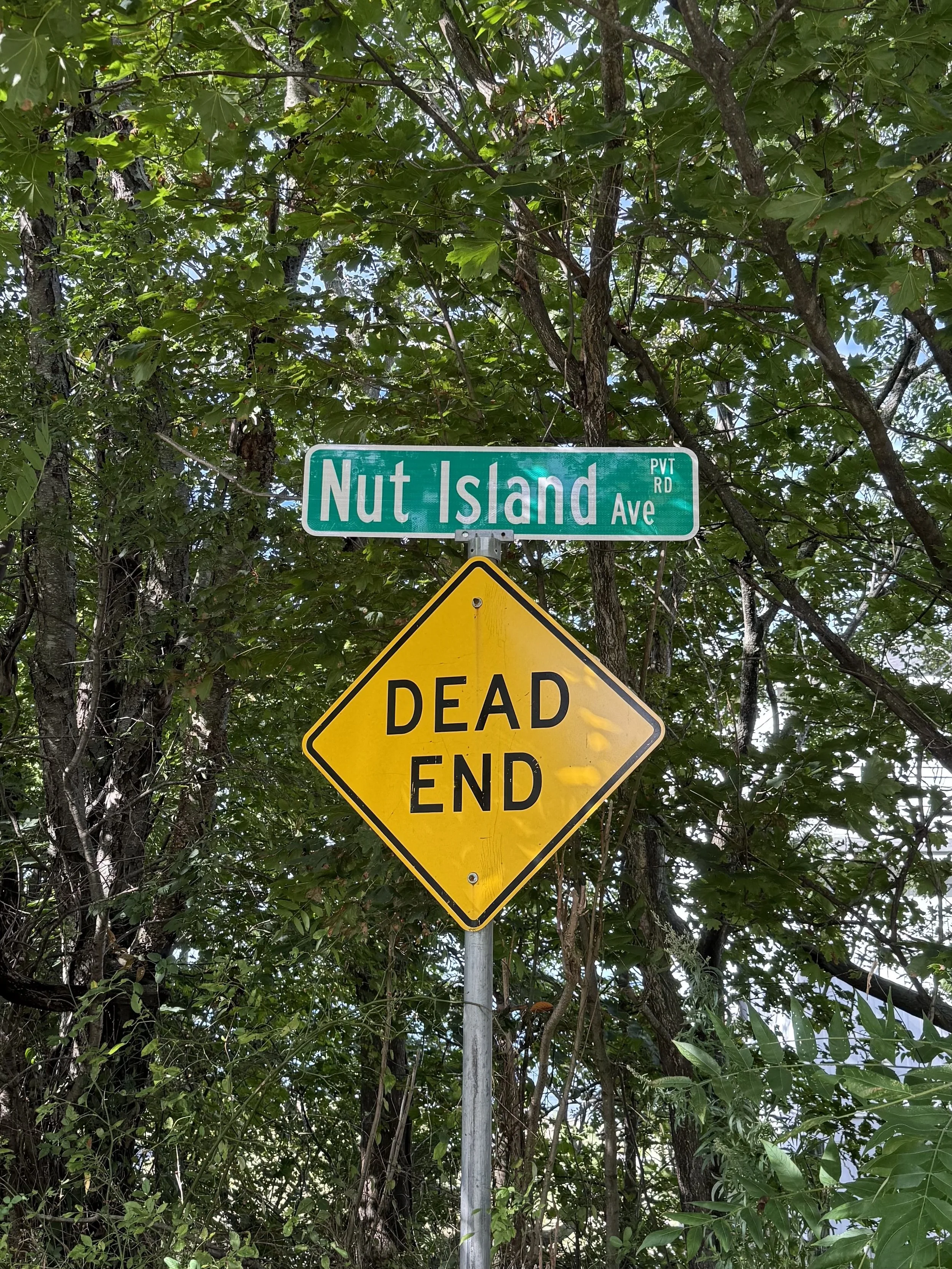
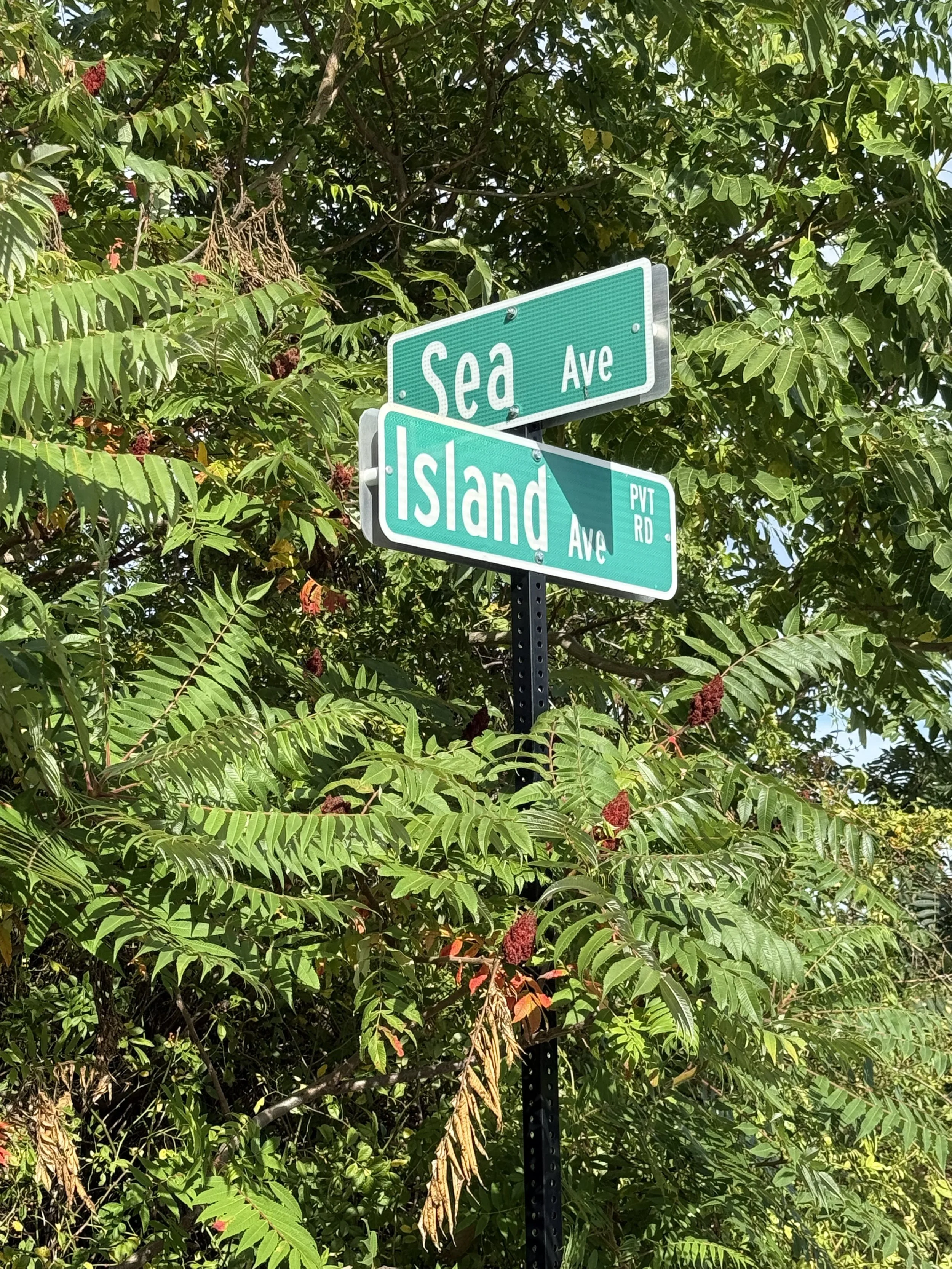
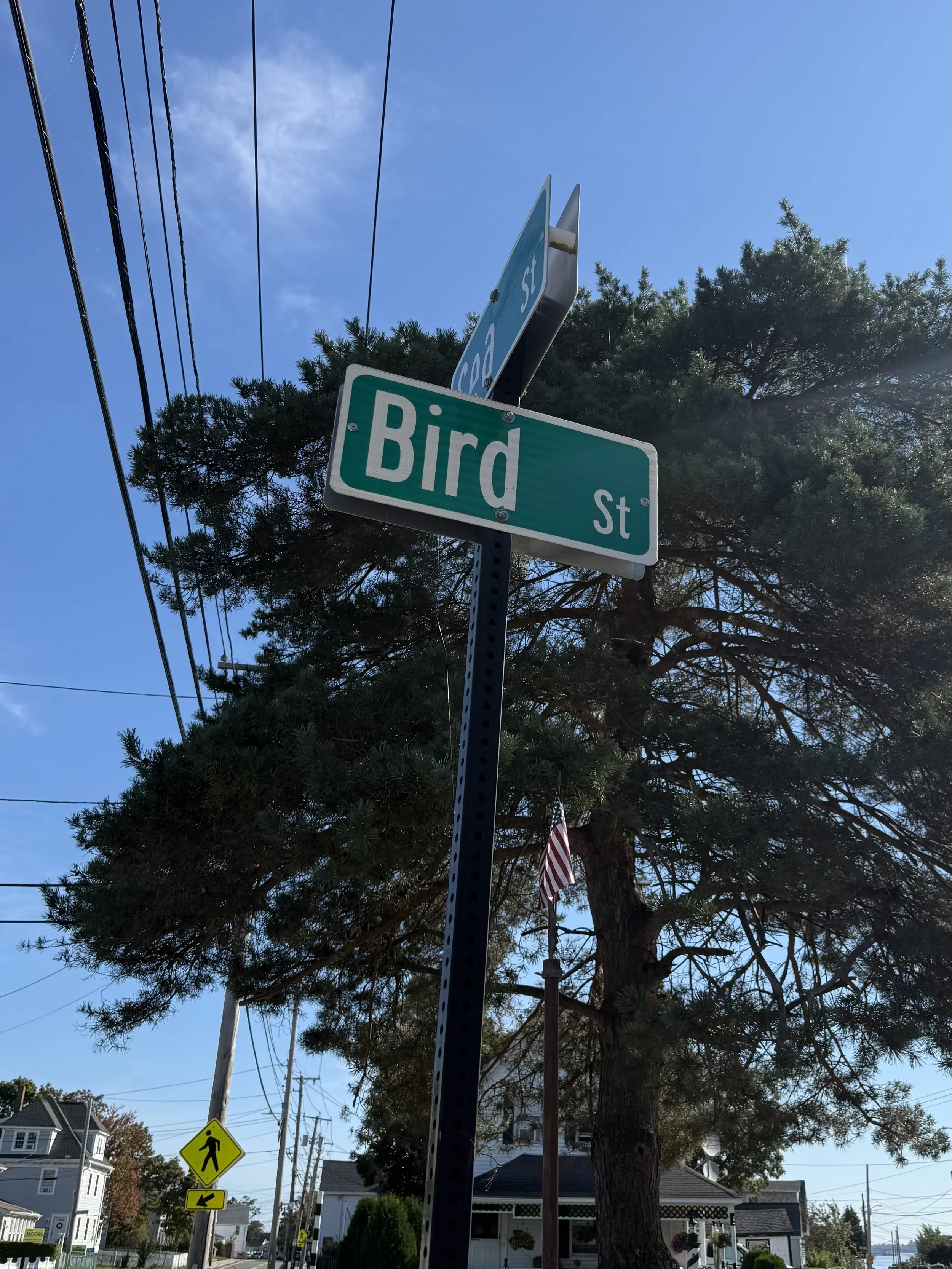
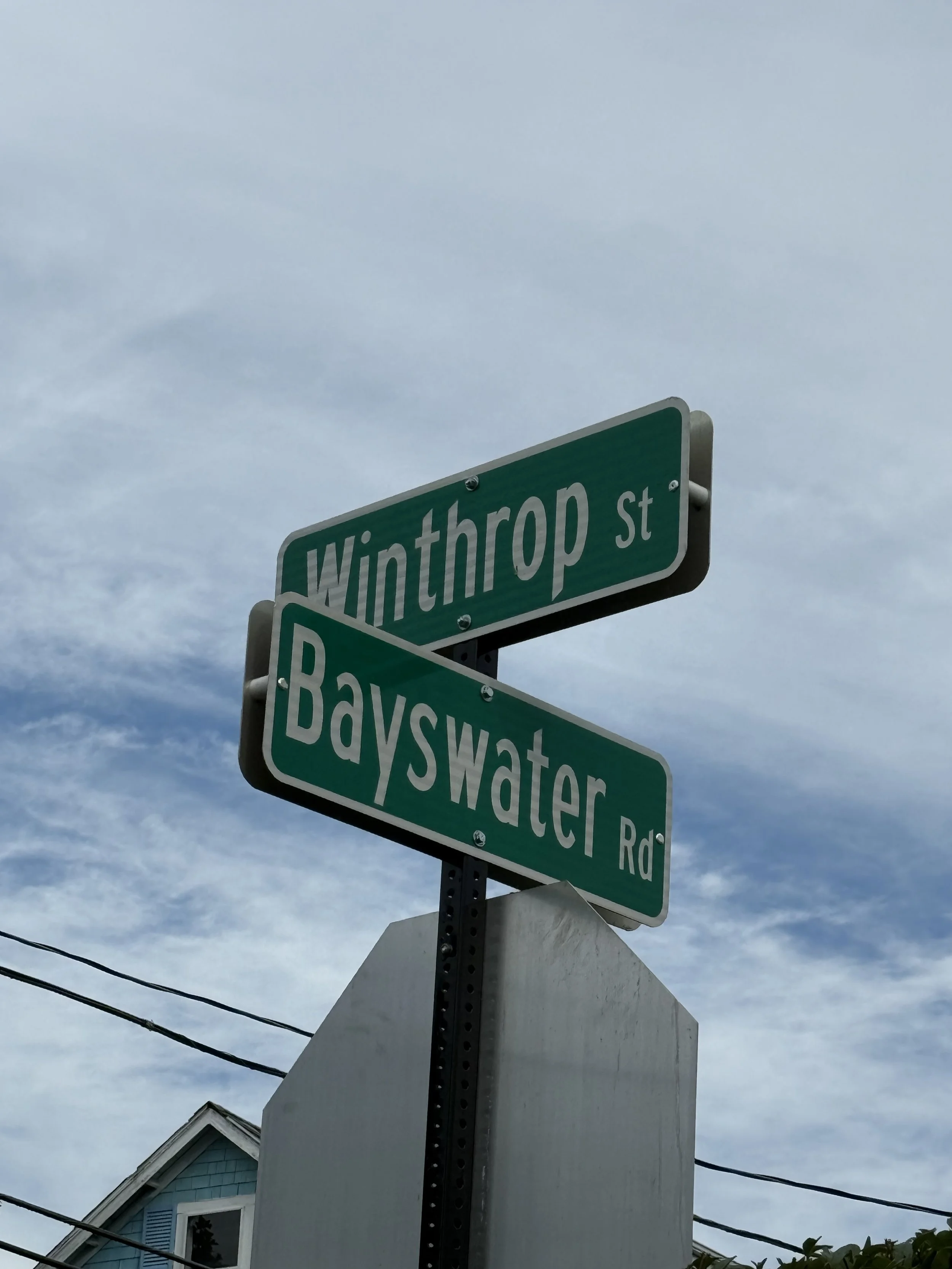
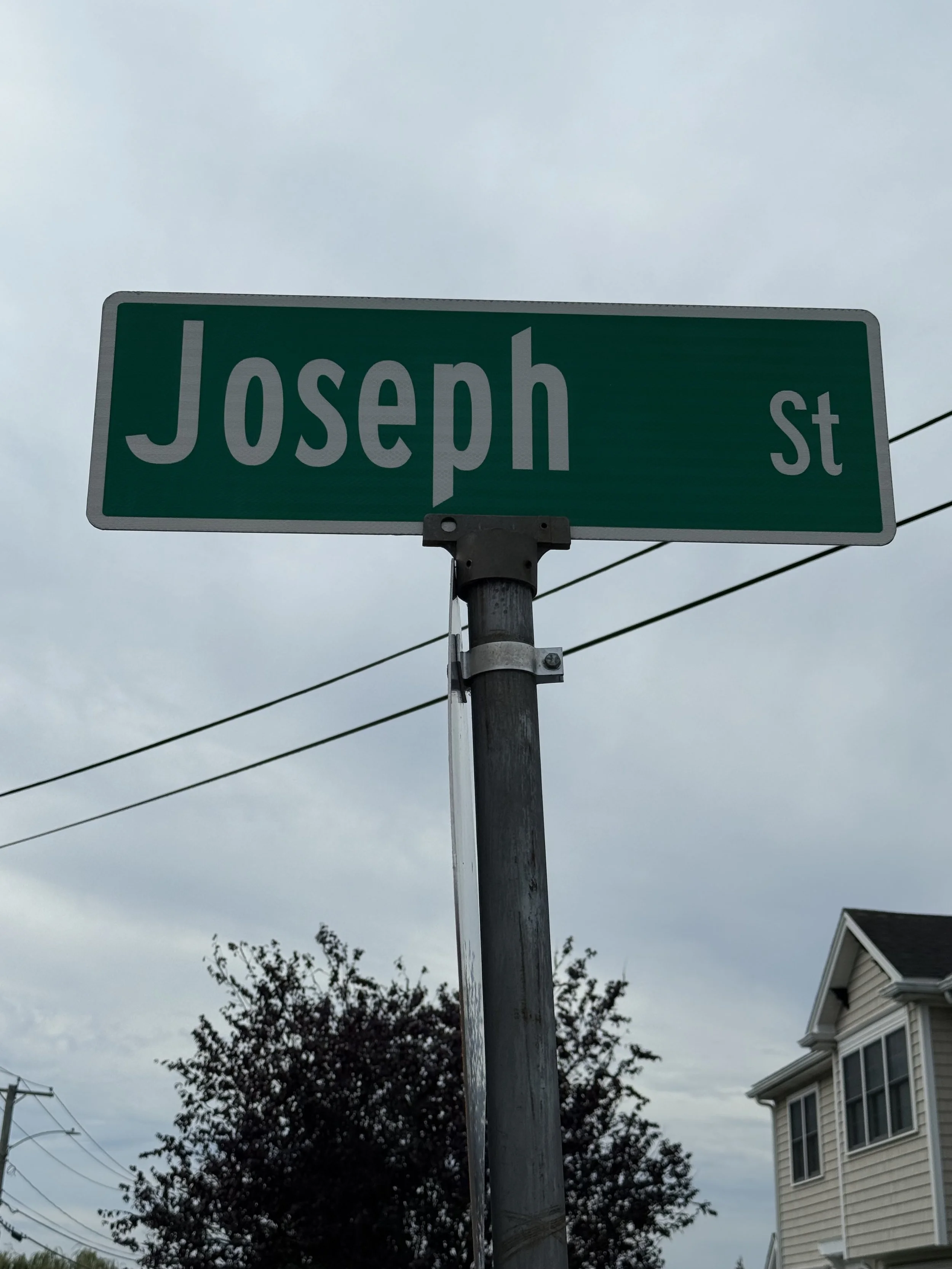
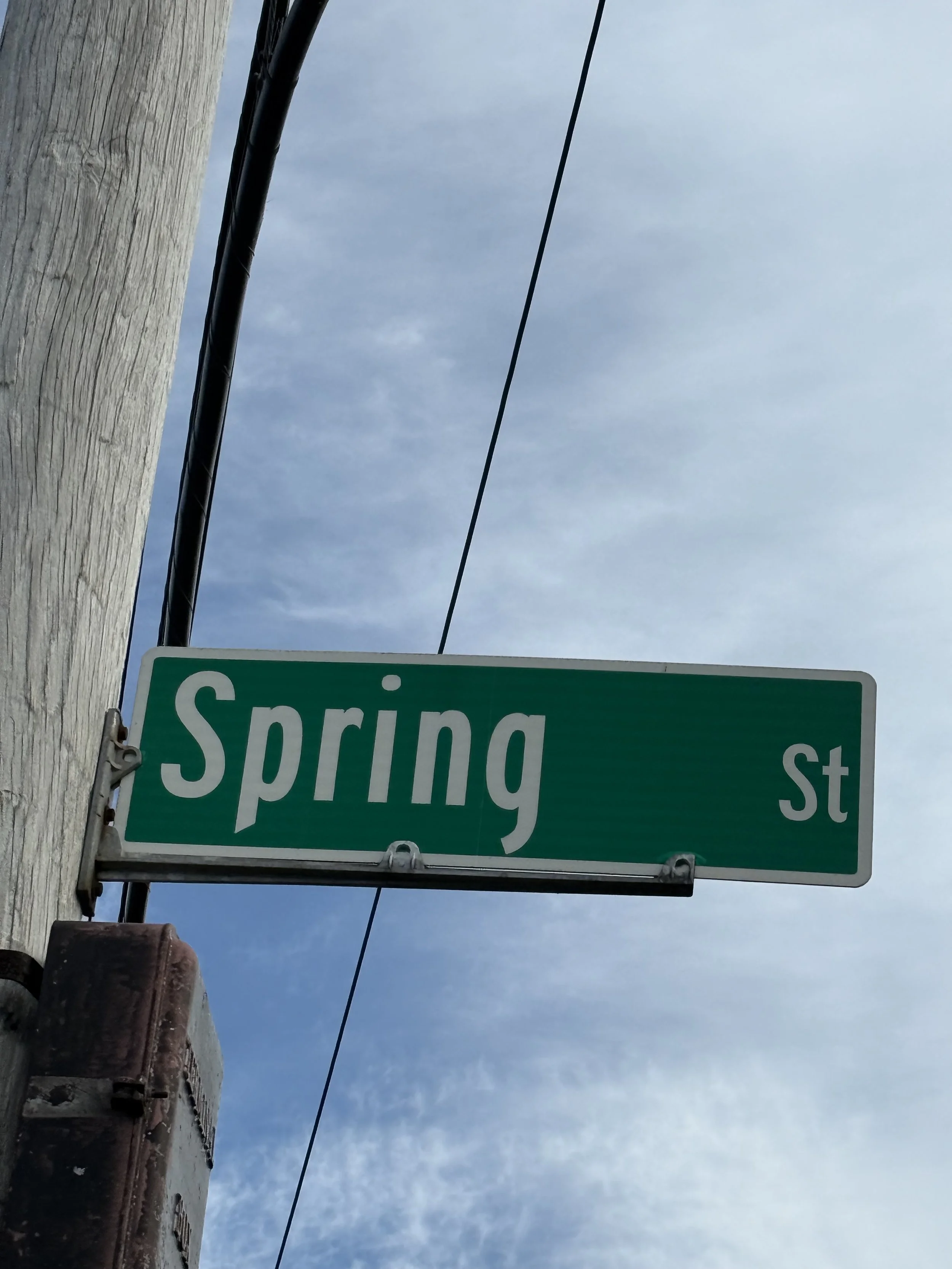
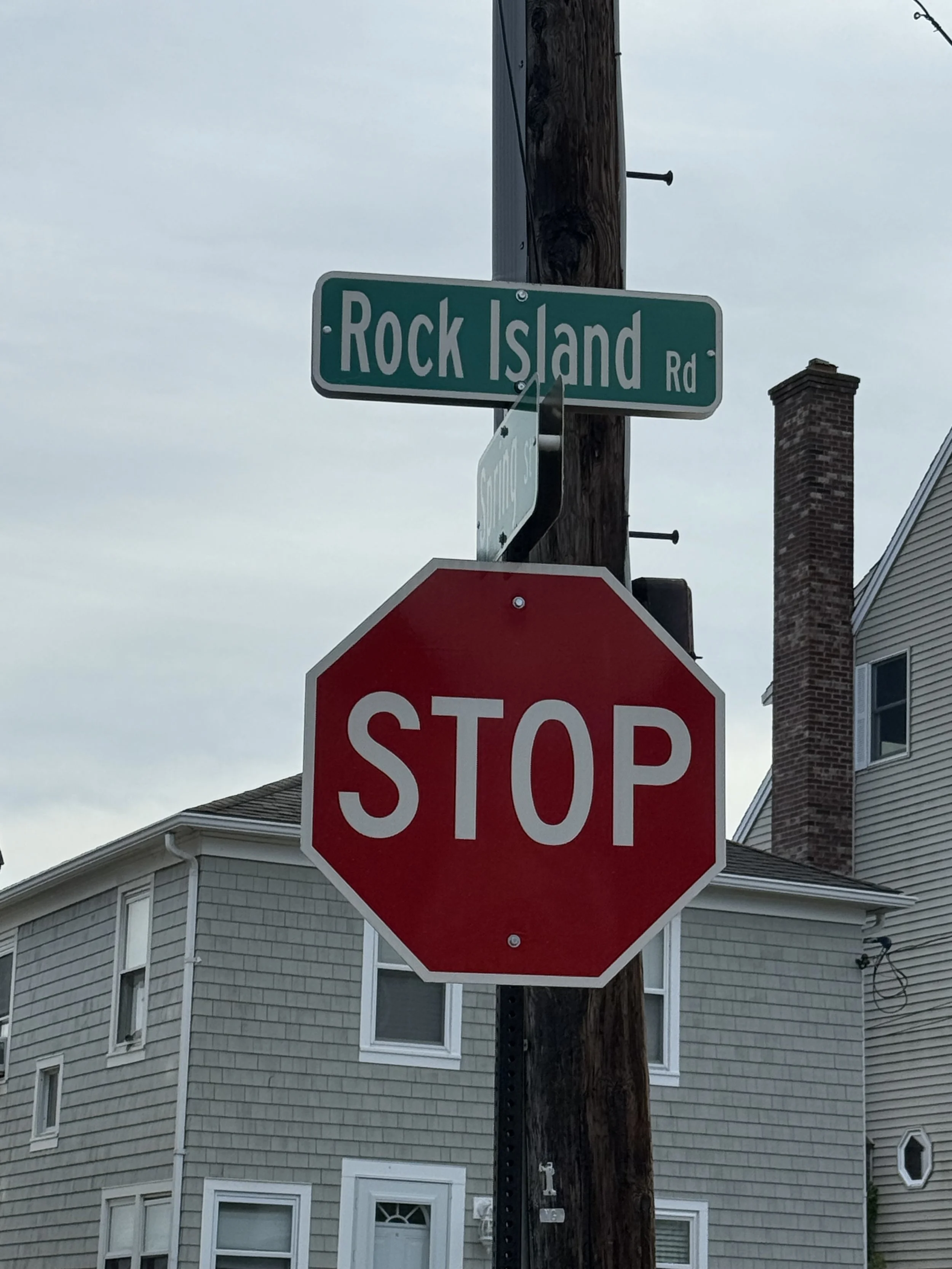
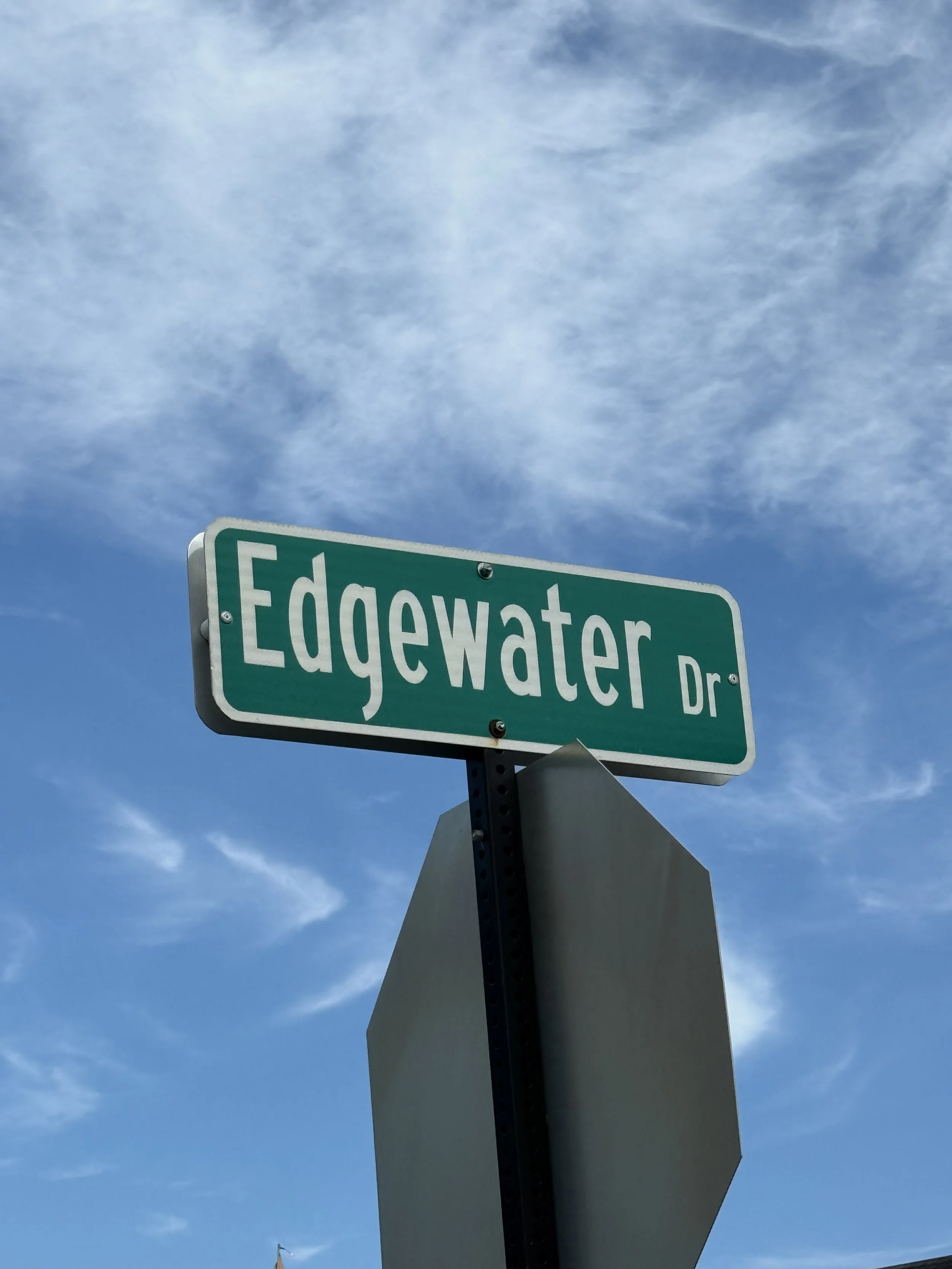
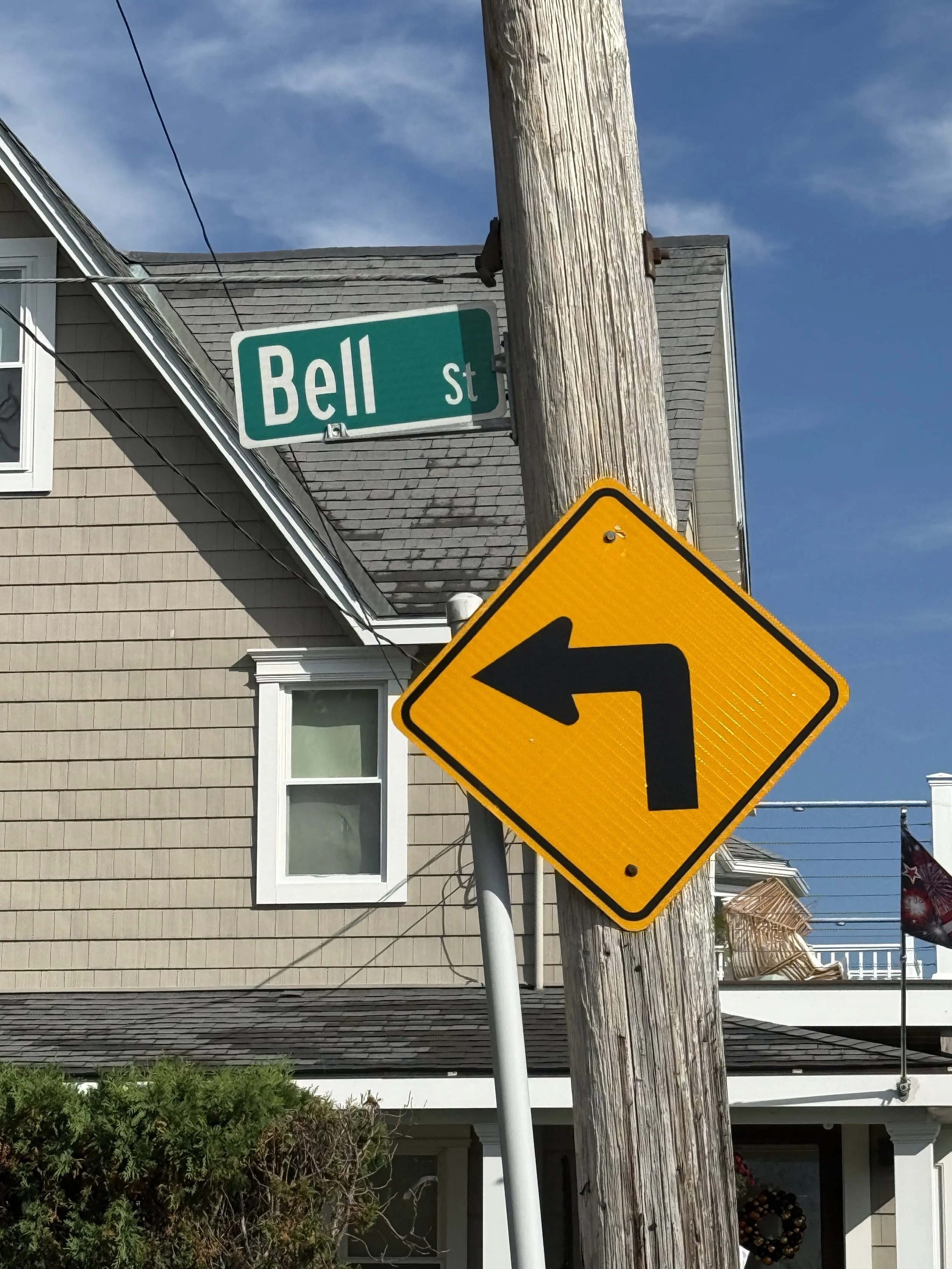
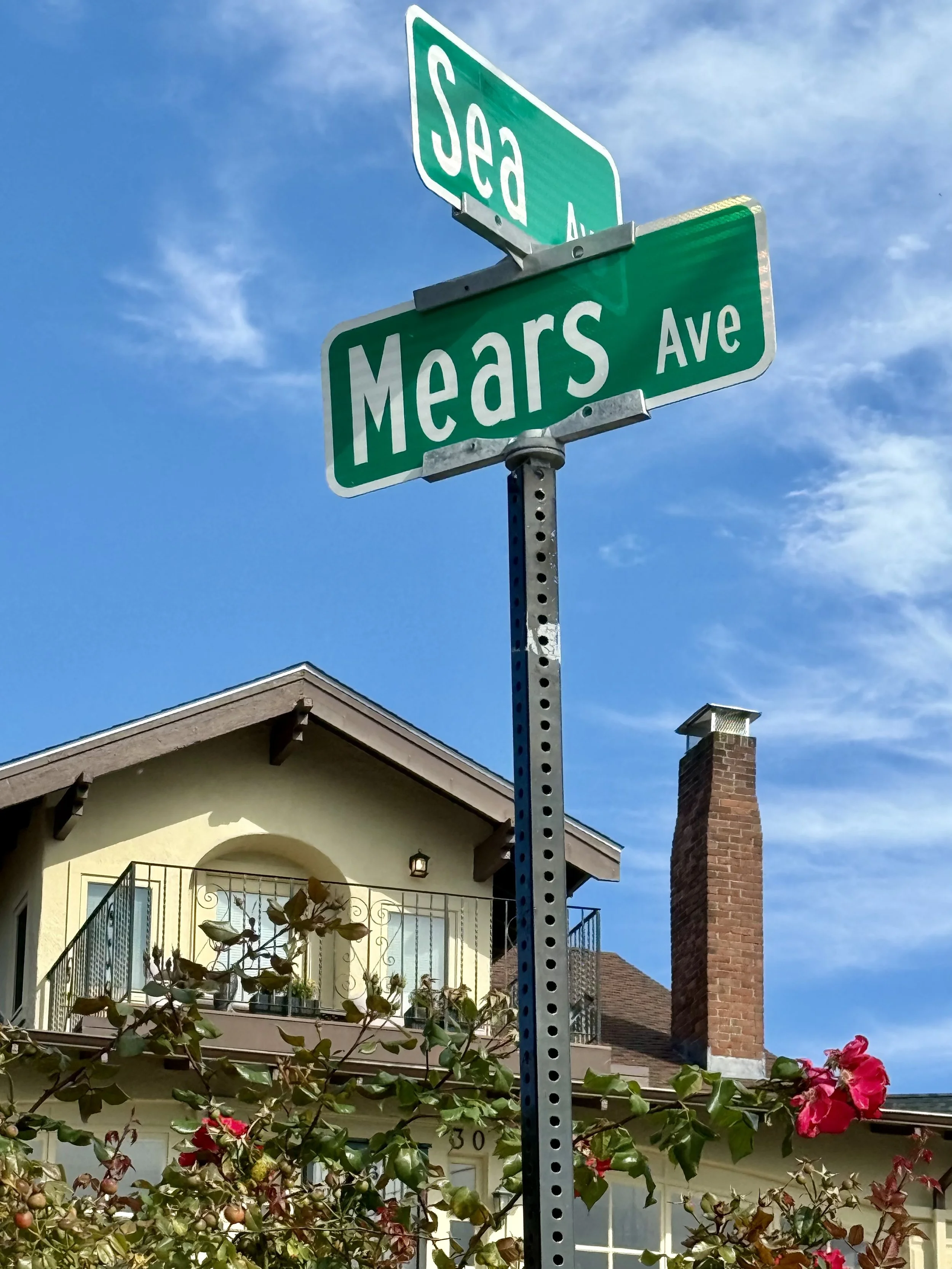
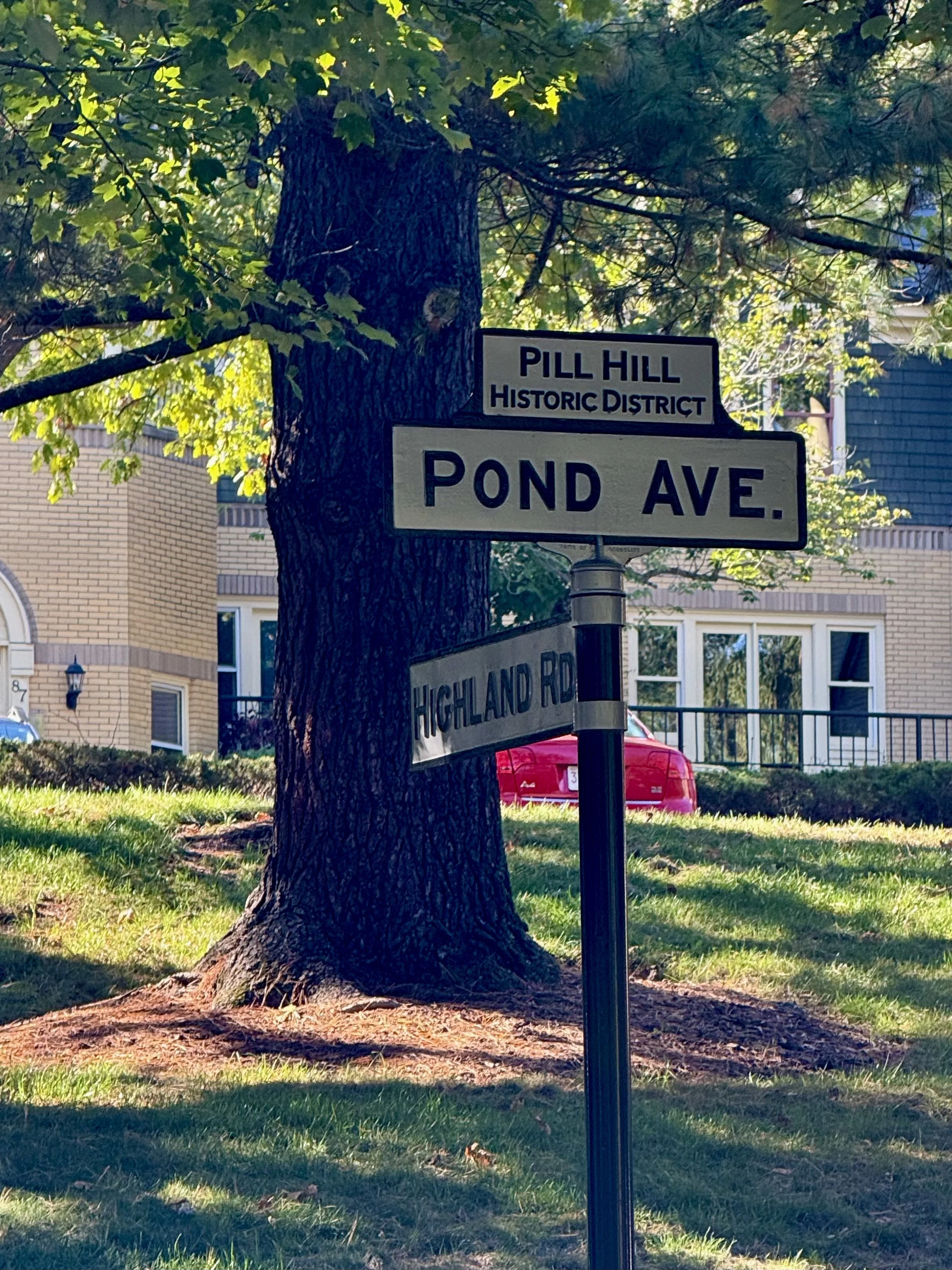
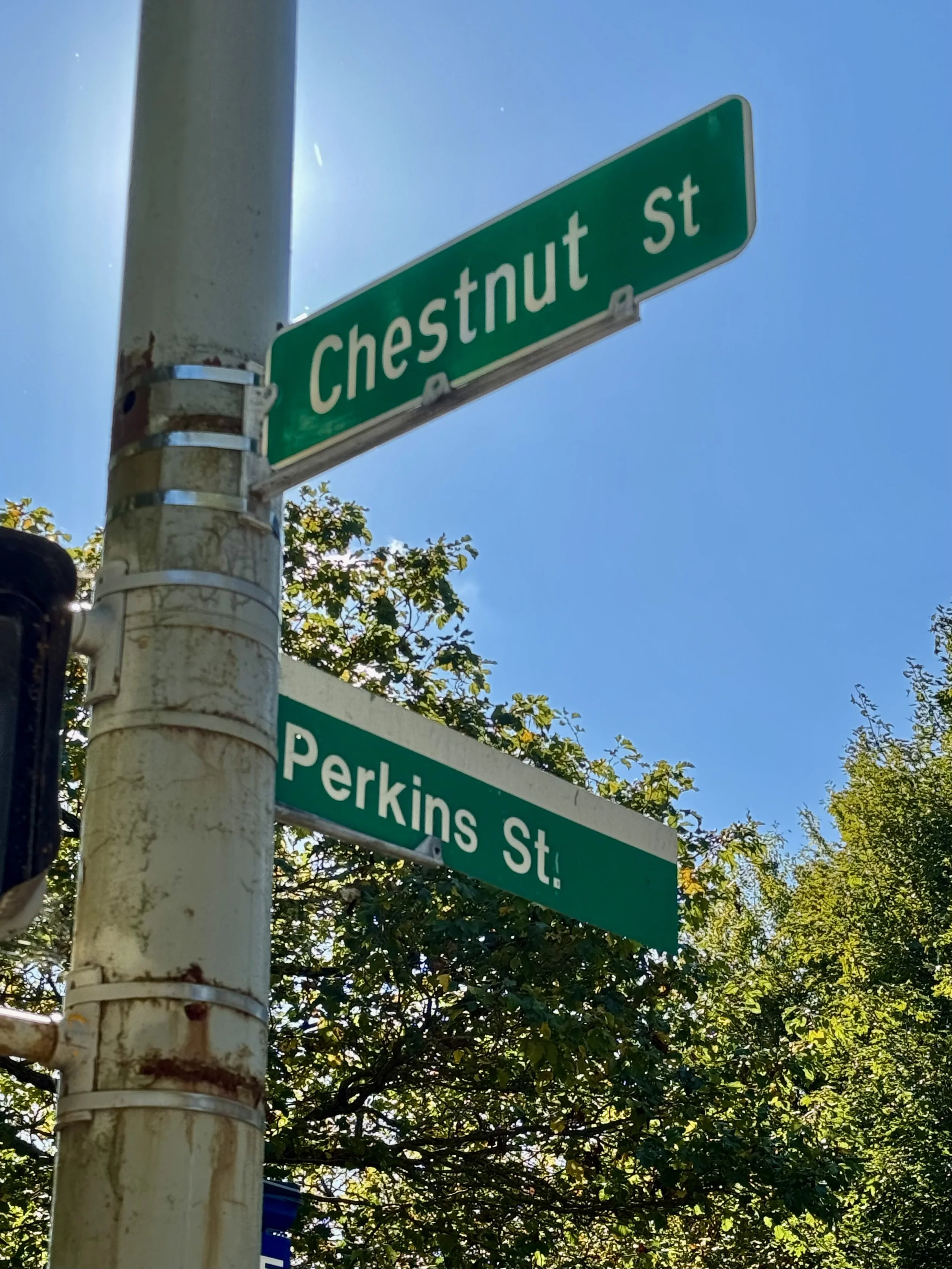
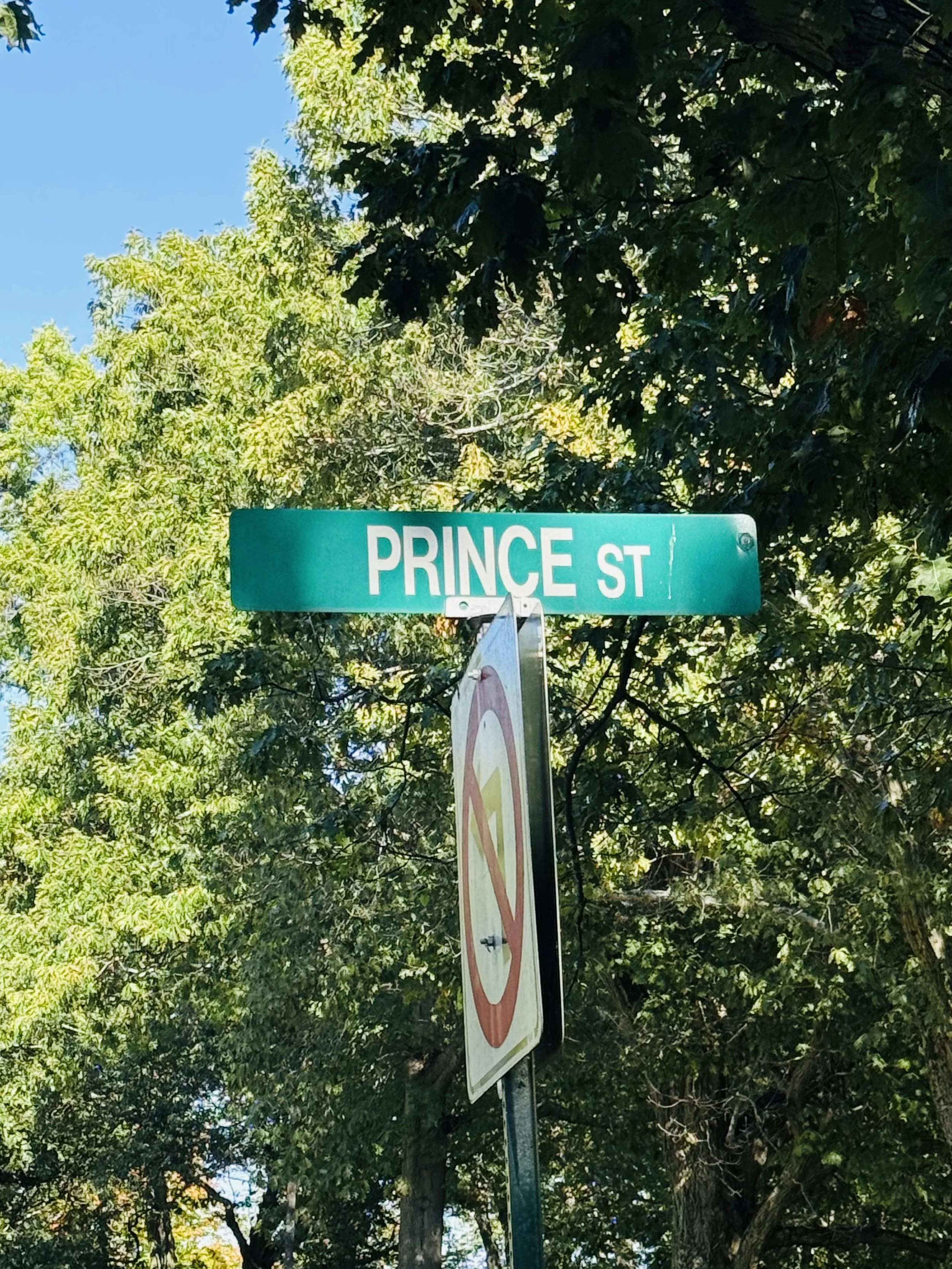
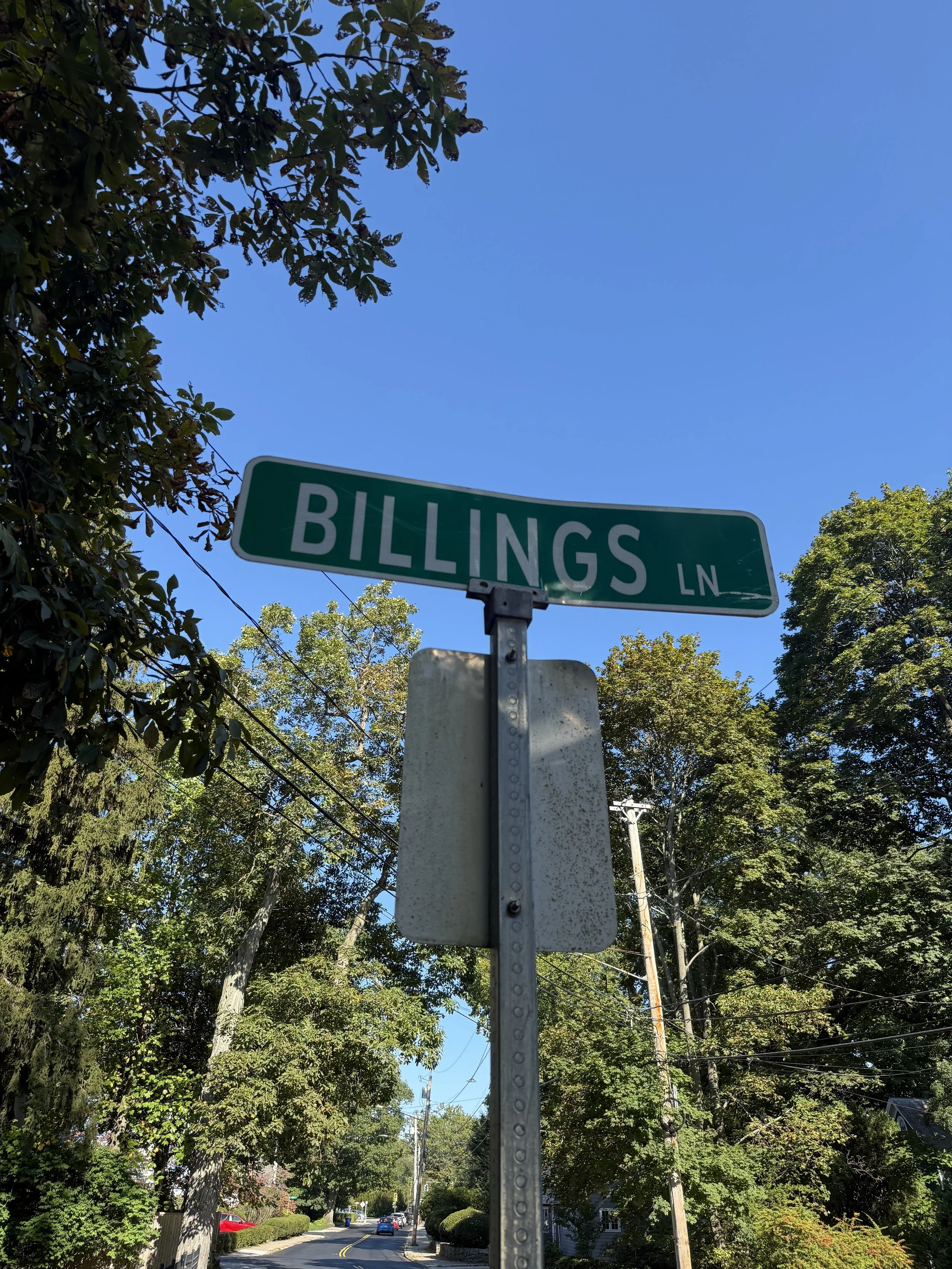
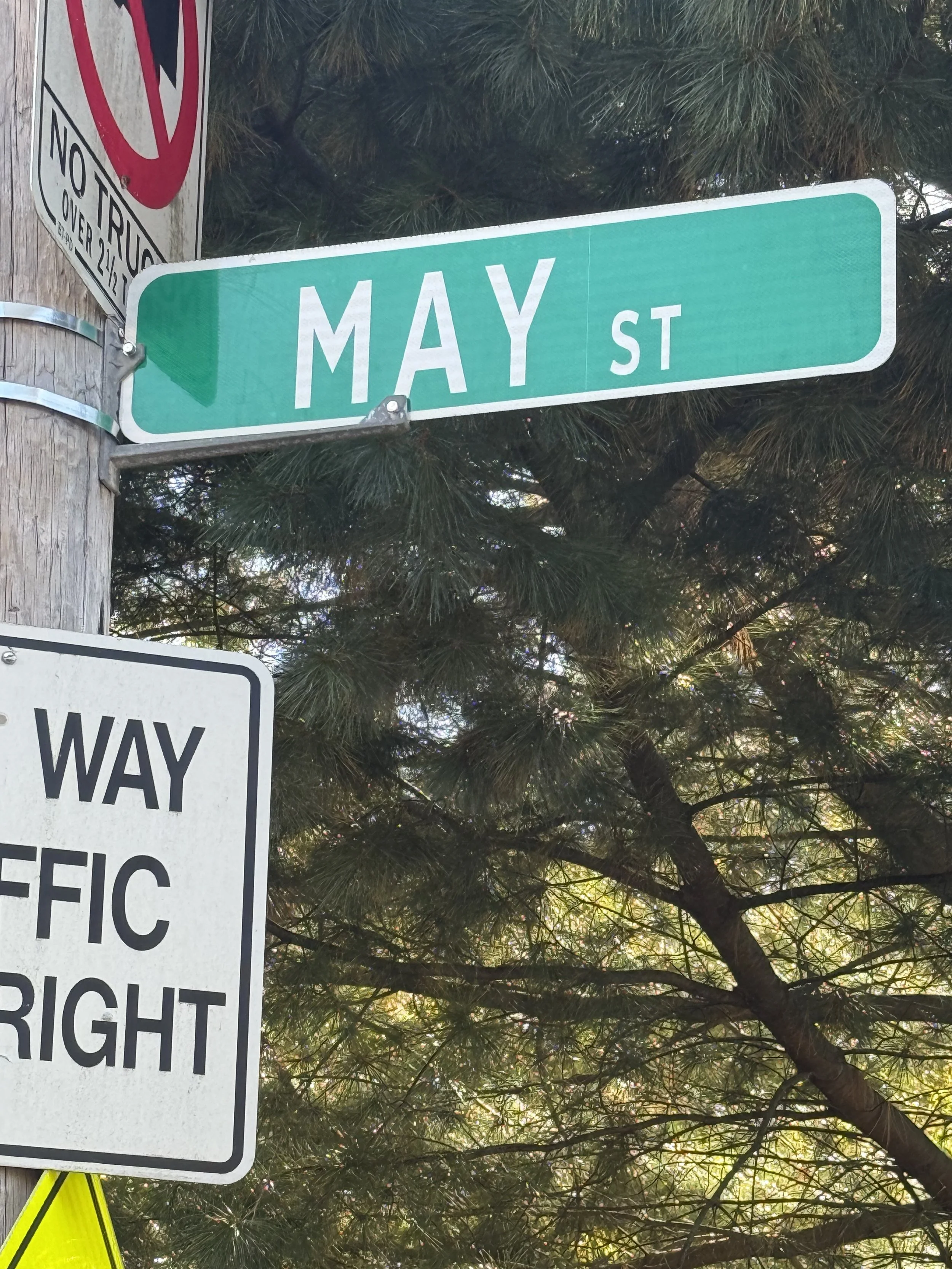
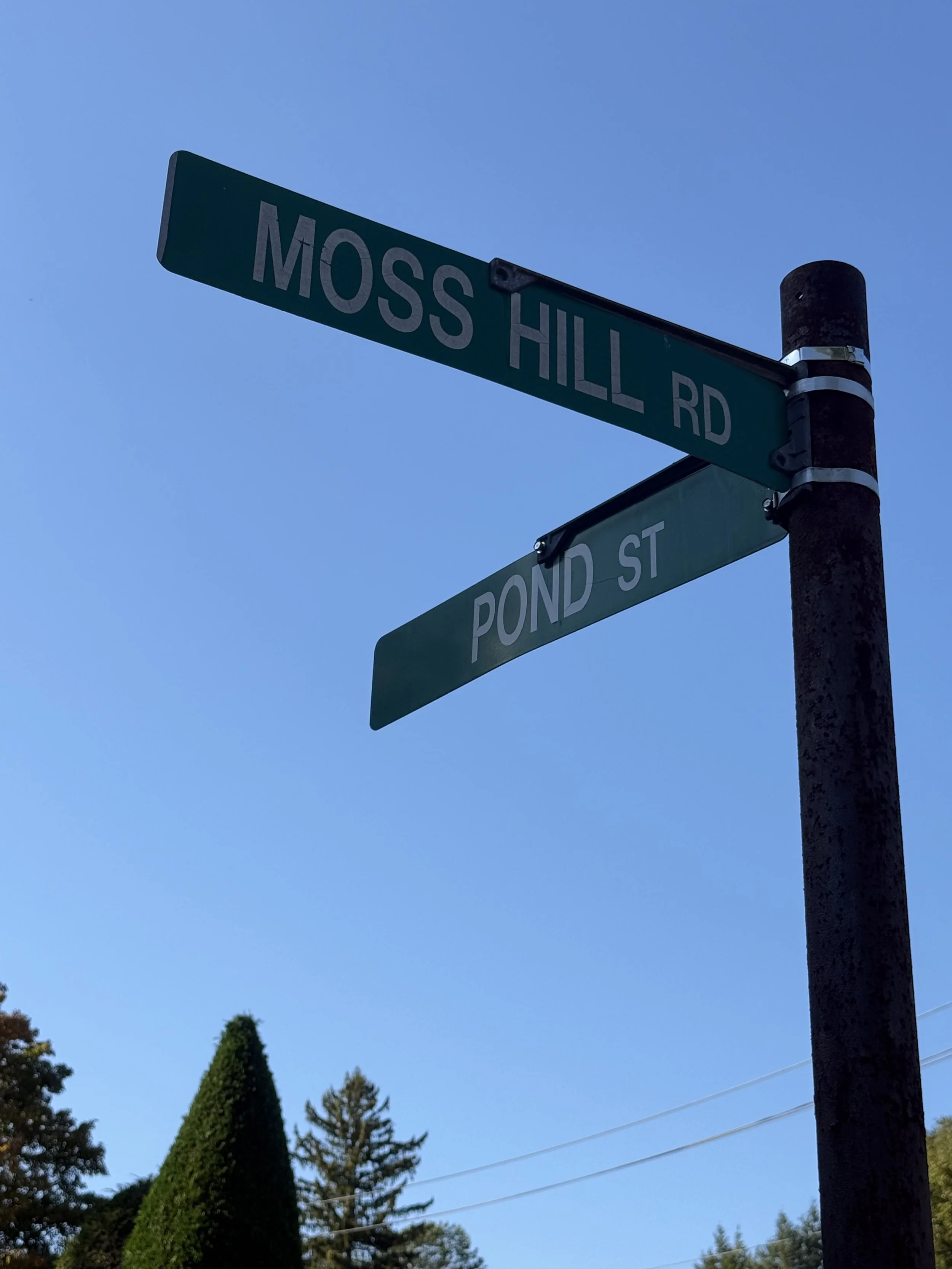
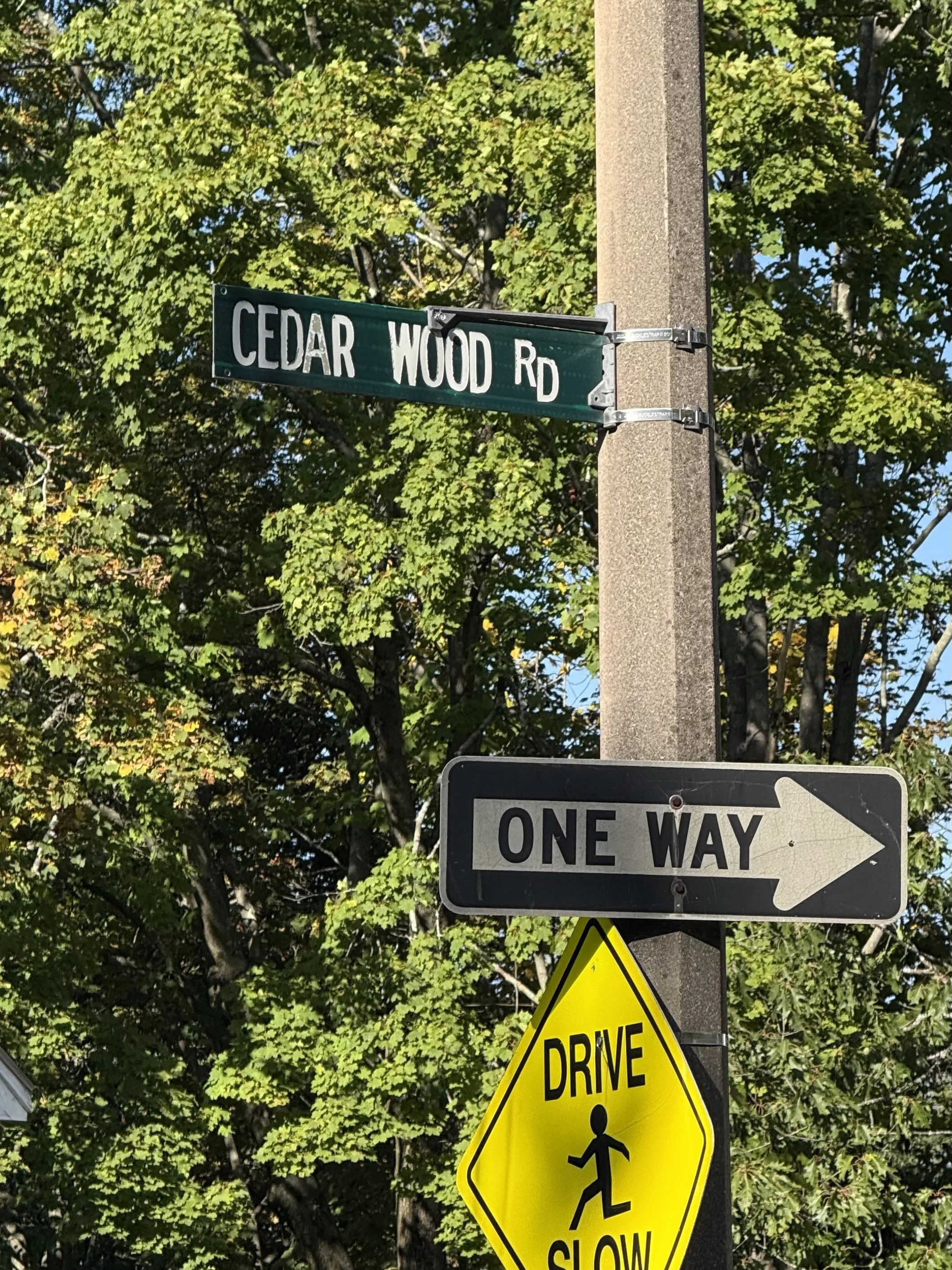
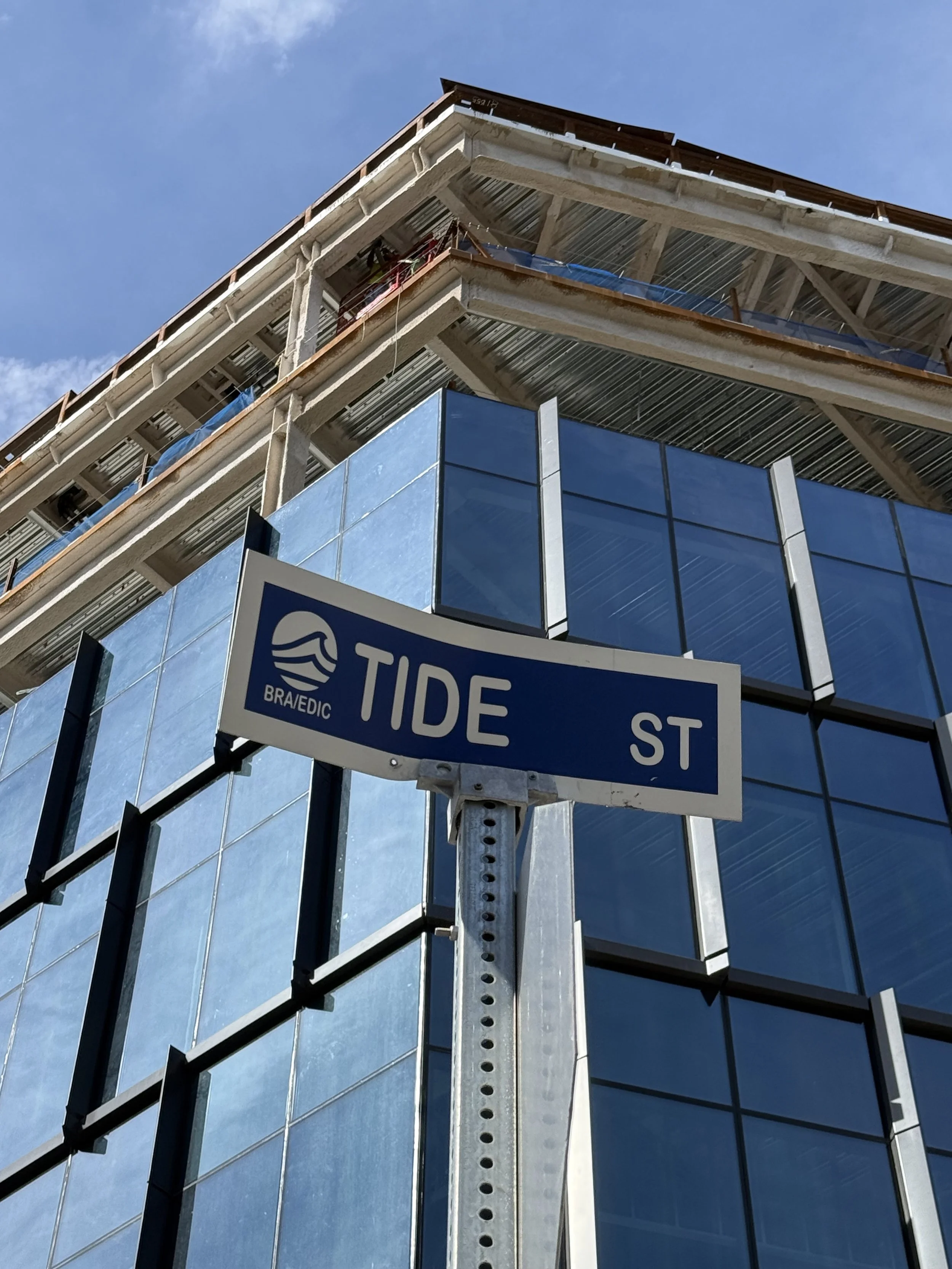
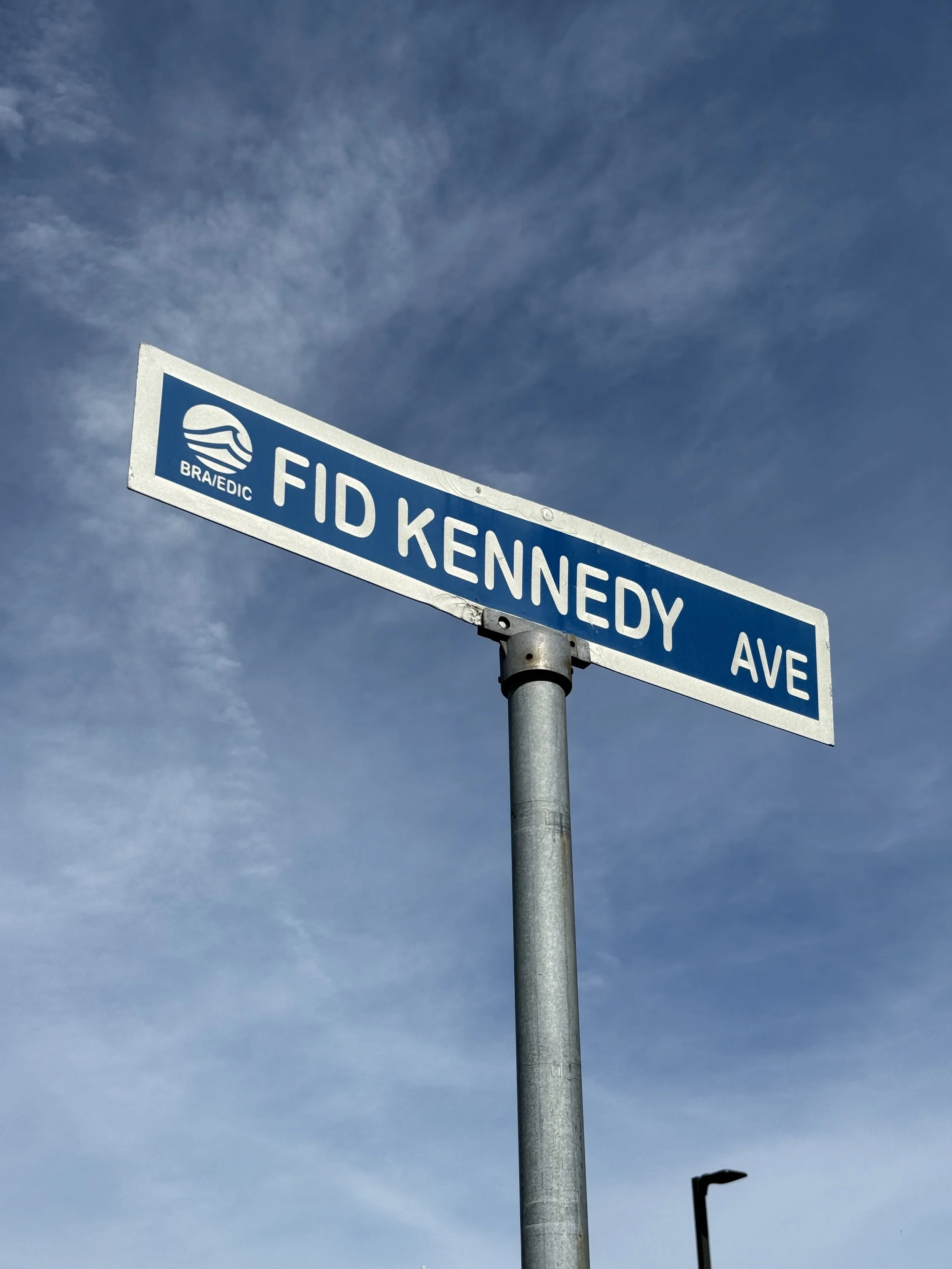
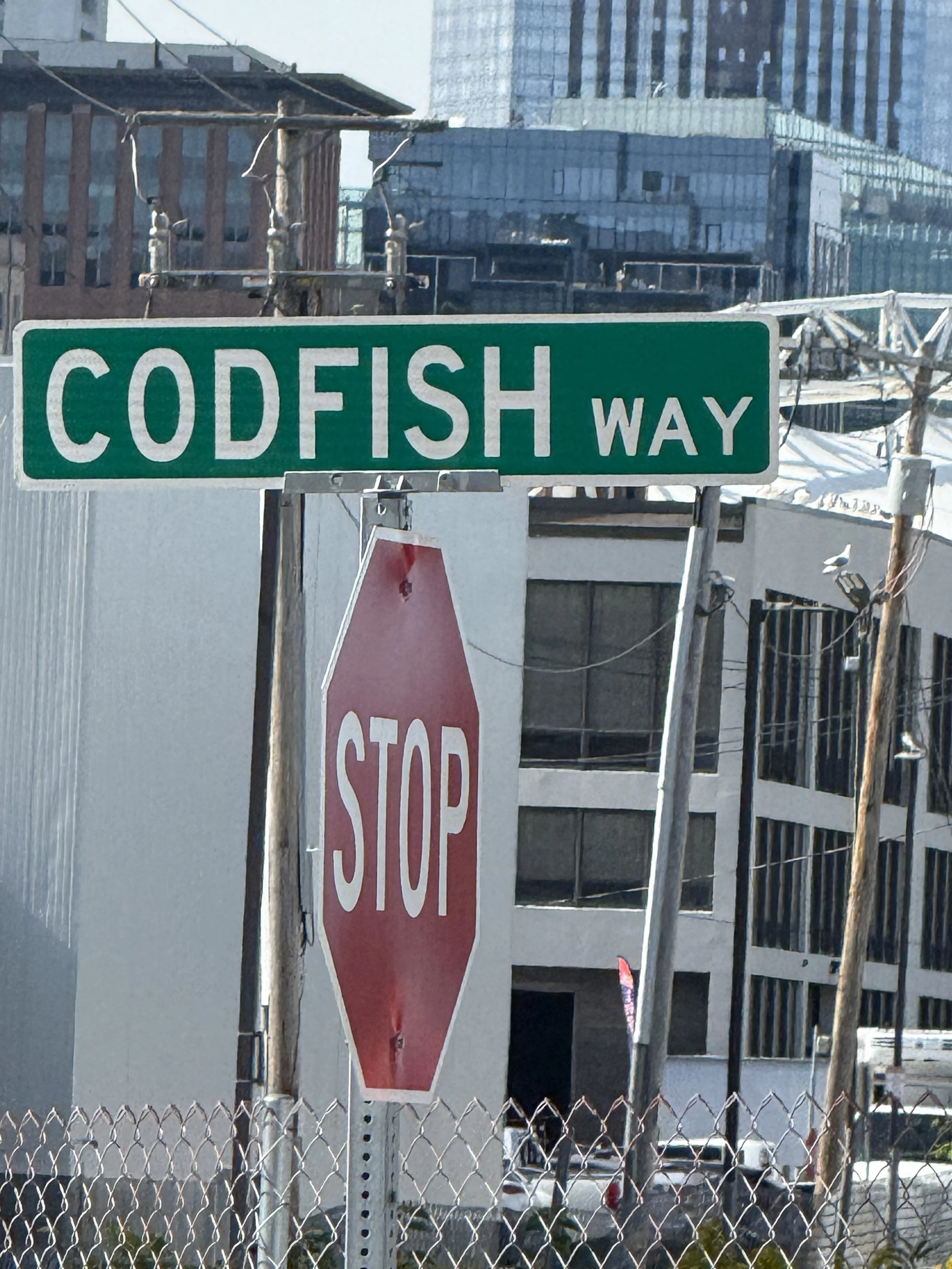
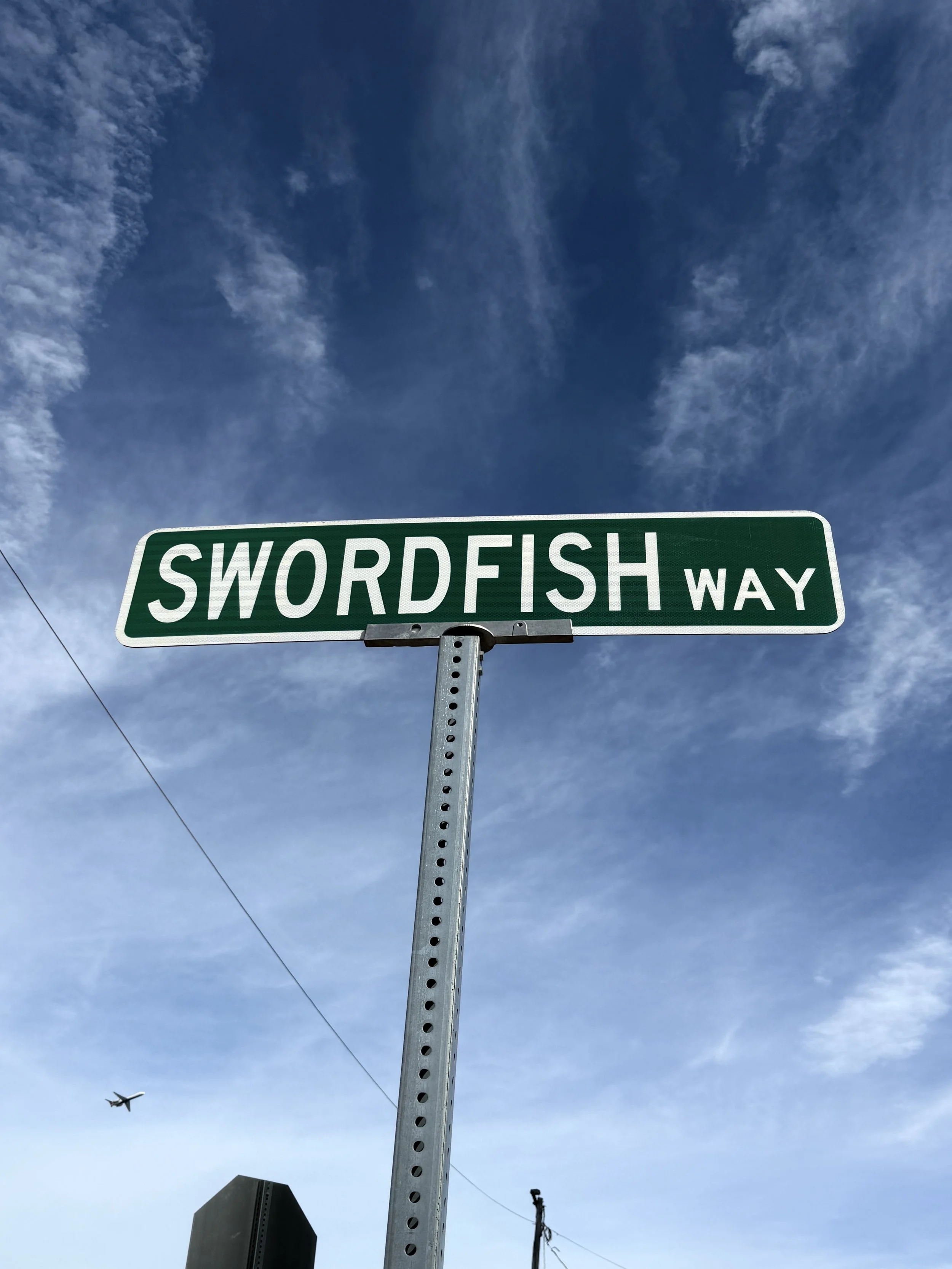
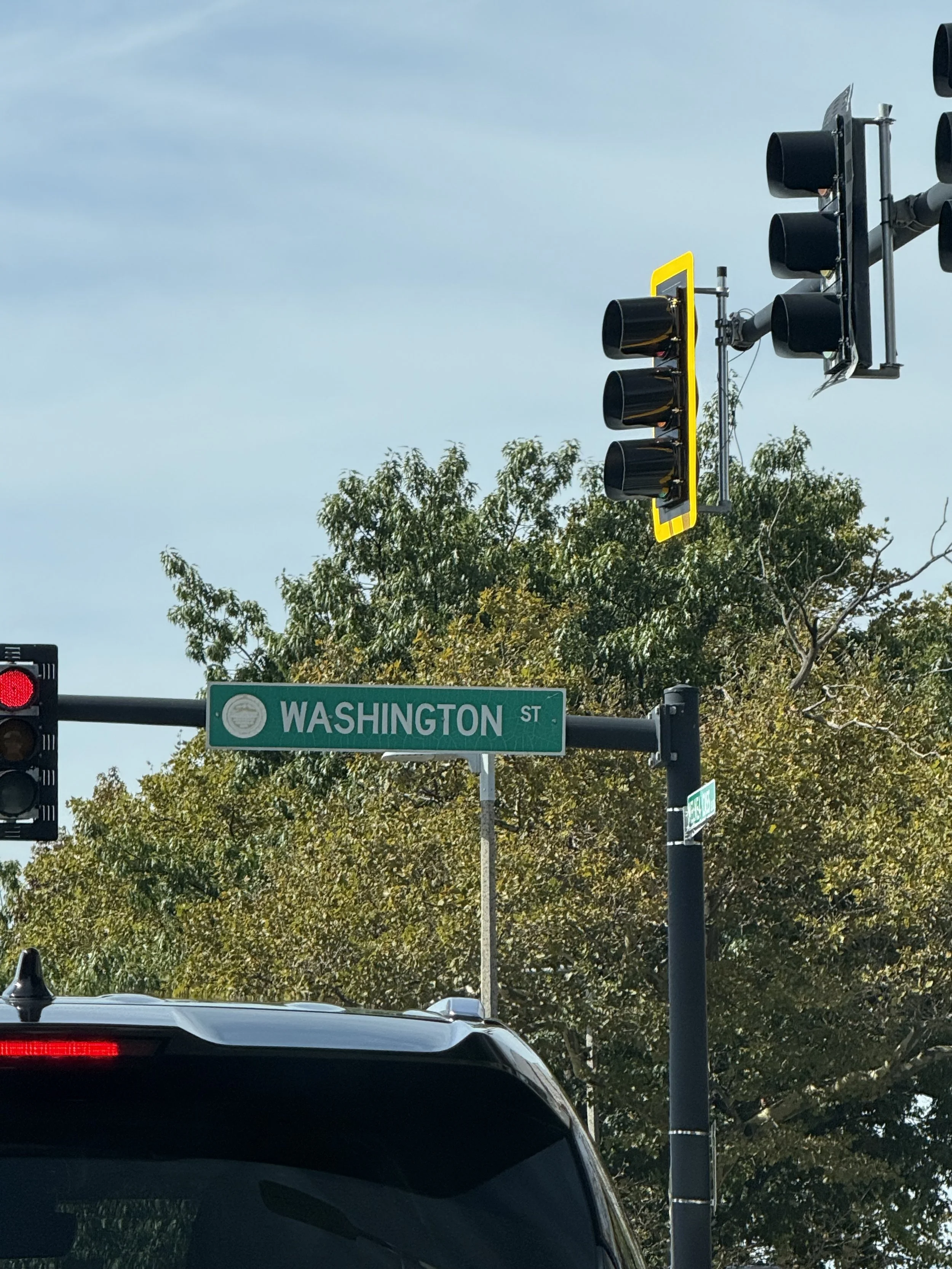
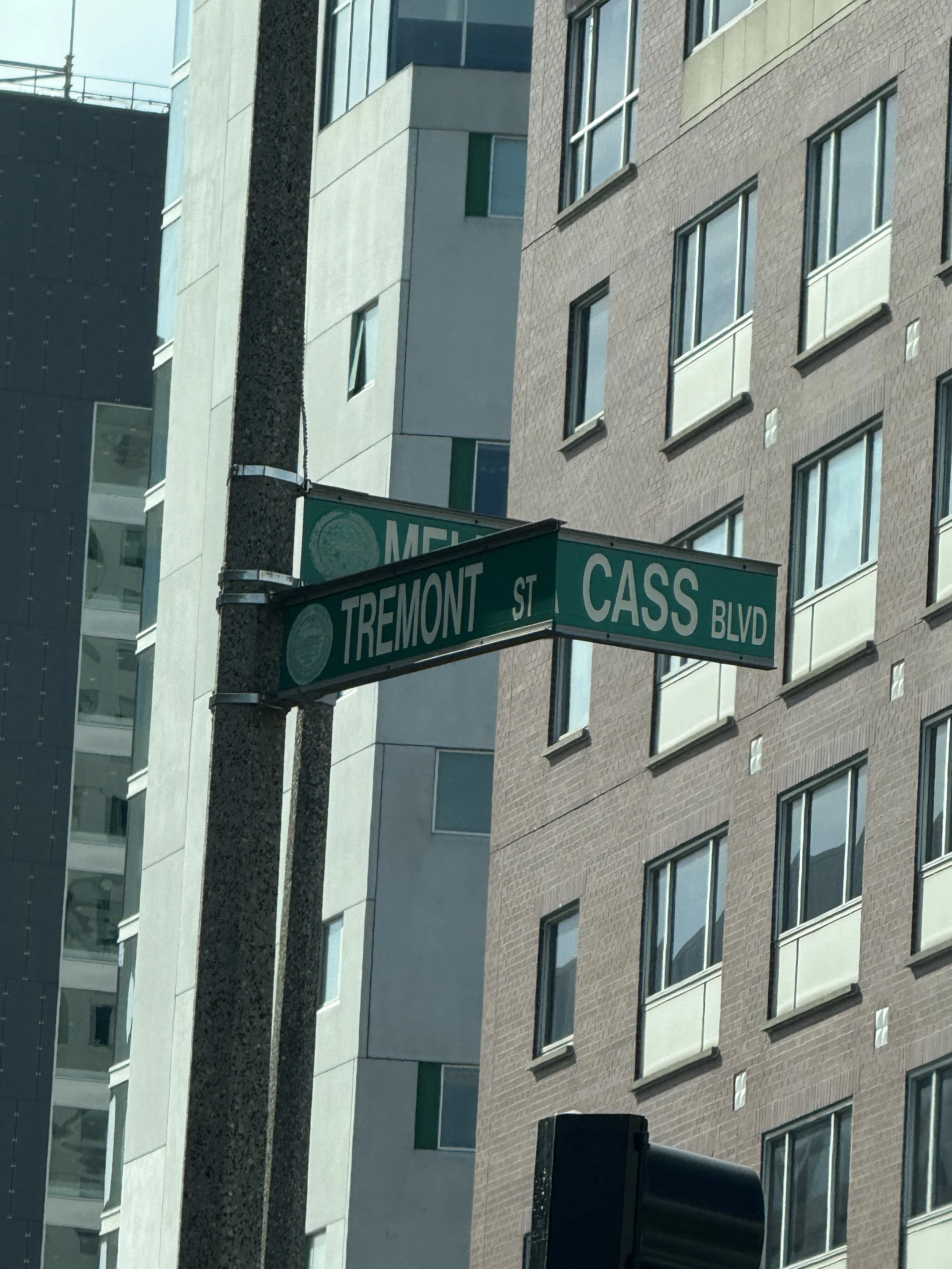
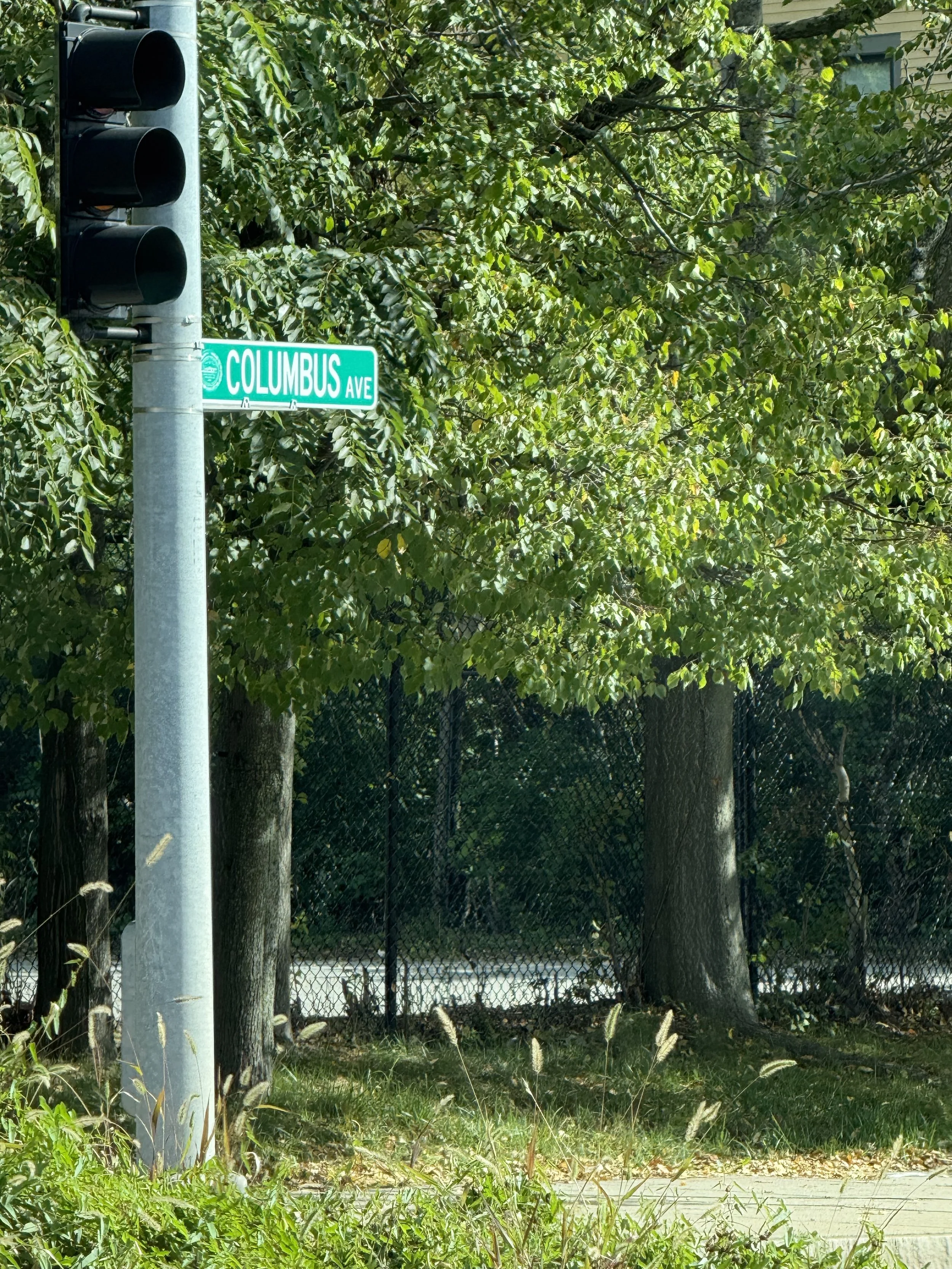
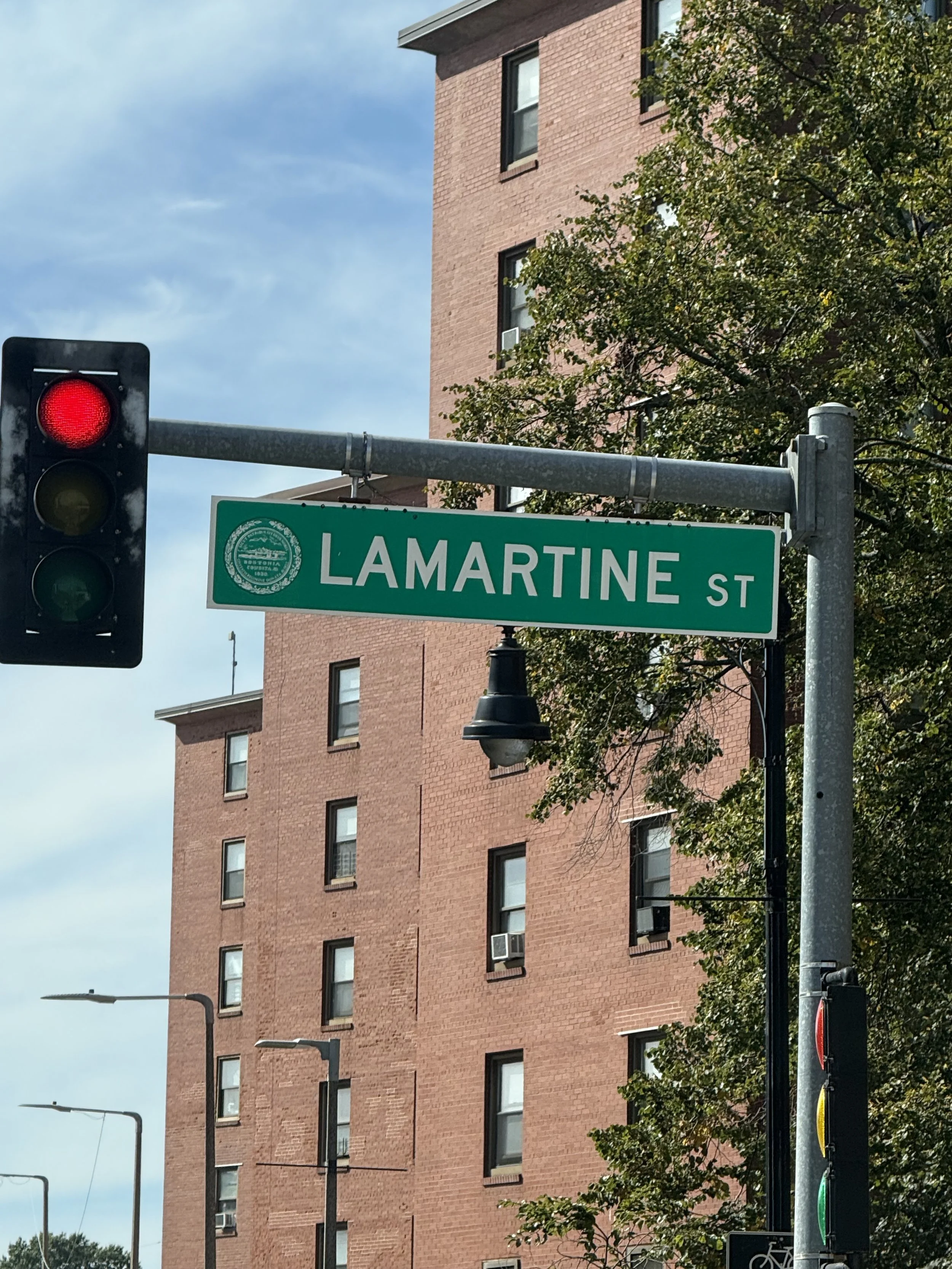
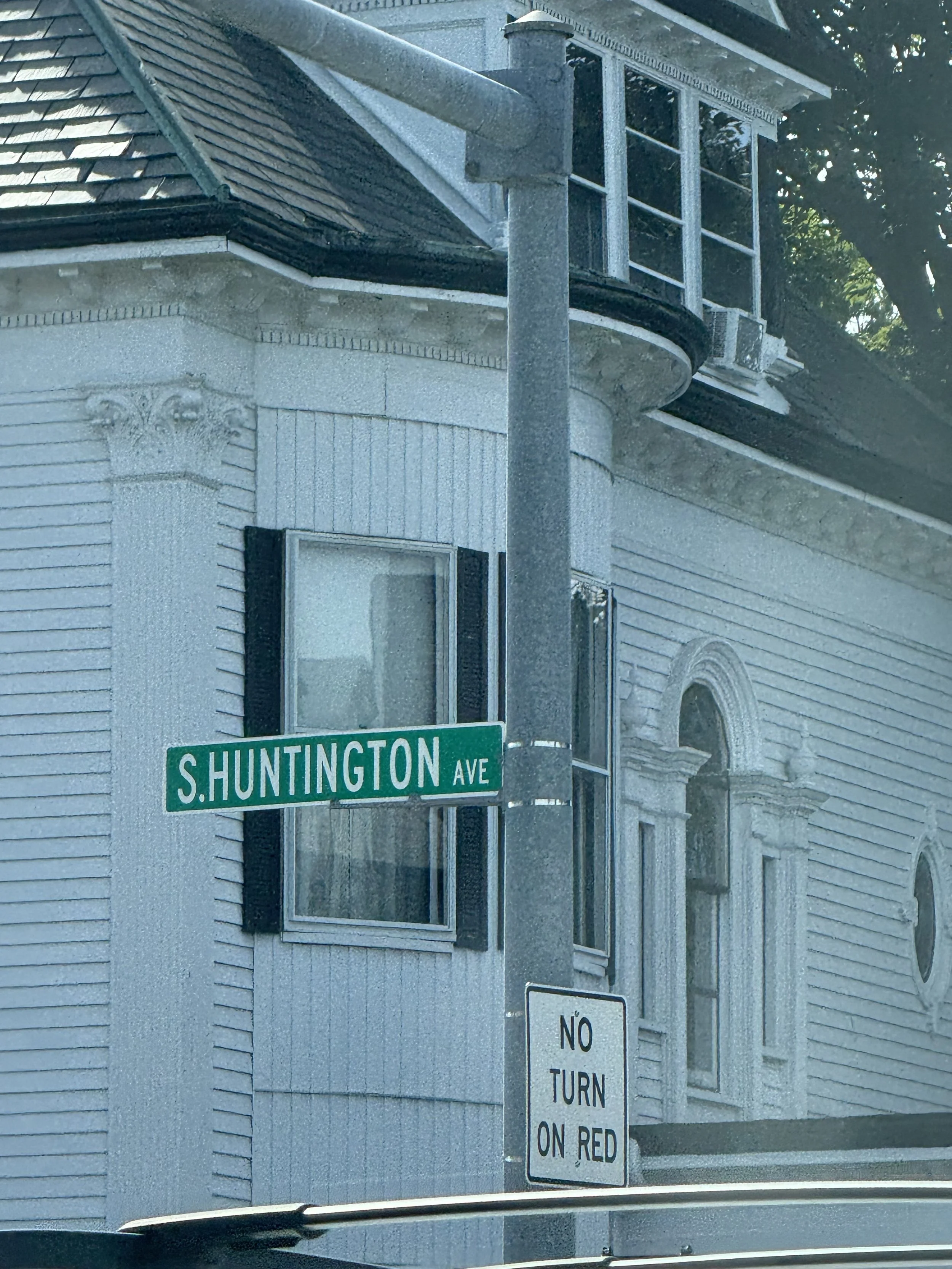
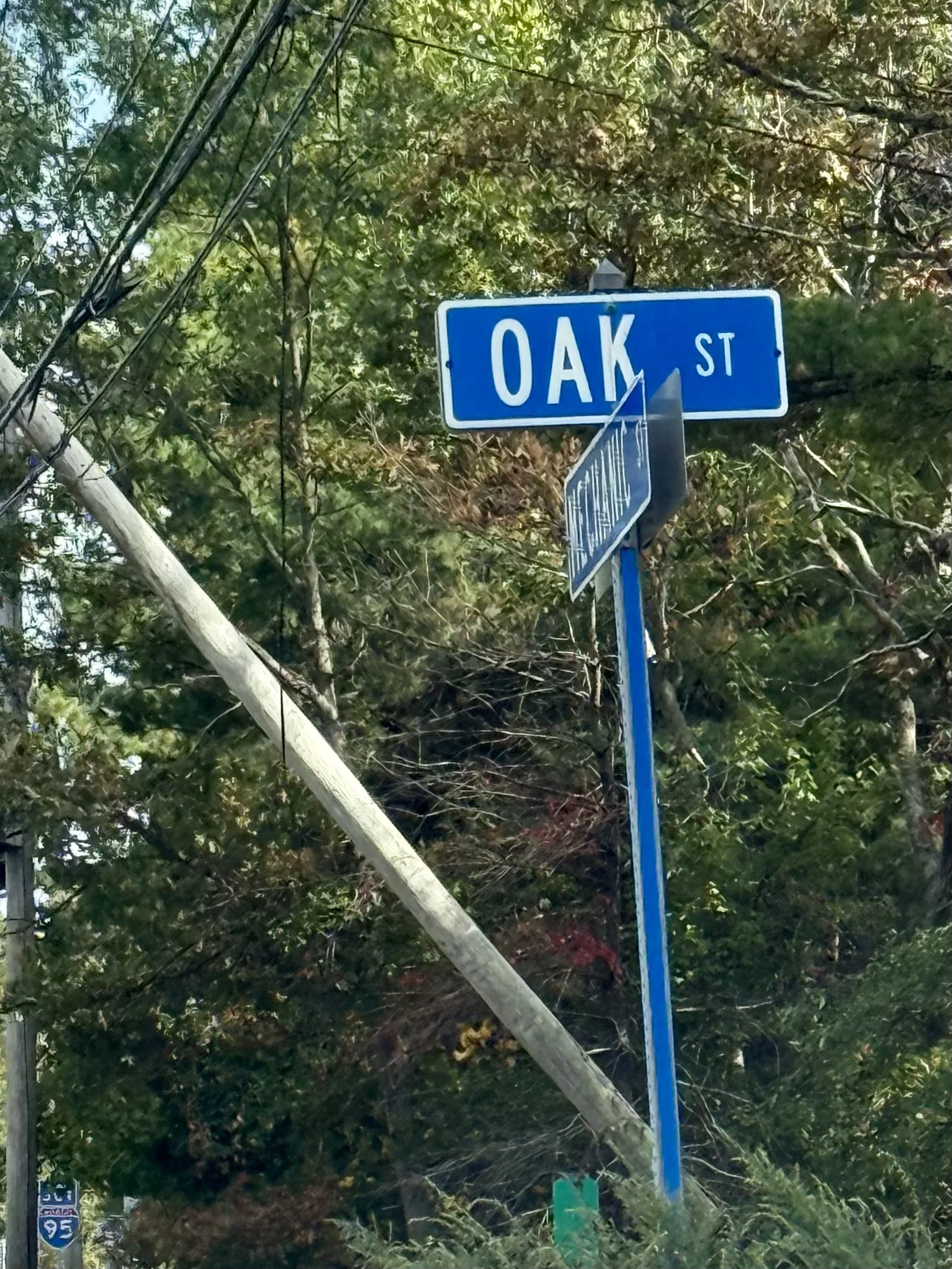
The French lexicon…
When we moved to France, a whole new lexicon of street names awaited me. Though many are as pragmatic as the name of the town toward which the road travels, I began to see patterns in street names here as well. A smattering of the names on signs was already familiar to me, but other names were not. Internet searches on the “unknowns” proved to be a great way to learn bits of the country’s history.
Like Americans, the French love to honor men of historic importance. The most popular is Charles de Gaulle: general, president, constitutionalist, and diplomat whose influence on the country’s twentieth century is undeniable. He is followed by Louis Pasteur, the father of bacteriology, and then by the beloved poet and playwright, Victor Hugo, exiled by Napoleon III for his political opposition. Although the remaining top ten most common street names in France are men of military or political importance, I admire that more French streets give homage to the author and the scientist. However, it is lamentable that neither France nor the US give a significant nod to women on their signage. (5)
An unfortunate similarity…
Like the US, France has its share of dark history still living on its street’s signs. The names of former slave traders are still prominent on signs in many of its port cities and the nation’s colonial past is still evident on street signs and buildings across the country. President Macron campaigned on the idea that France should face its colonial past and early on in his presidency took action to return African artifacts to colonies that requested them. But Macron has been reticent to remove colonial-era signage; disappointing French citizens of colonial descent who believed his public statements condemning the nation’s colonial aggressions and who trusted him to make more pervasive changes. (6)
The Pau perspective…
Our small city of Pau has the national top 10 covered but then focuses on regional locals with street names like Rue Paul-Jean Toulet (poet), Rue Èmile Garet (past member of the national assembly), Avenue Henry Russel (Irish, Pyrenean explorer), and Avenue Gaston Lacoste (prominent leader of the organization that founded the city’s Grand Prix). There are also streets that reference the natural beauty of the region, like its rivers (Avenues de L’yser and de la Marne), trees (Avenue des Lilas and Rue des Sèquoïas), and mountains (rues Aspin, Tourmalet, Soulor, and Aubisque).
However, the most paradoxically named street might be Rue de L’avenir, or “Street of the Future.” Despite sounding so full of promise, it is a narrow, neglected, alternate back road connecting the city to the village of Bizanos. Its row of houses on one side of the street sit “cheek by jowl” directly across from a bleak railroad track. I wonder what happened between the original inspiration and sad reality.
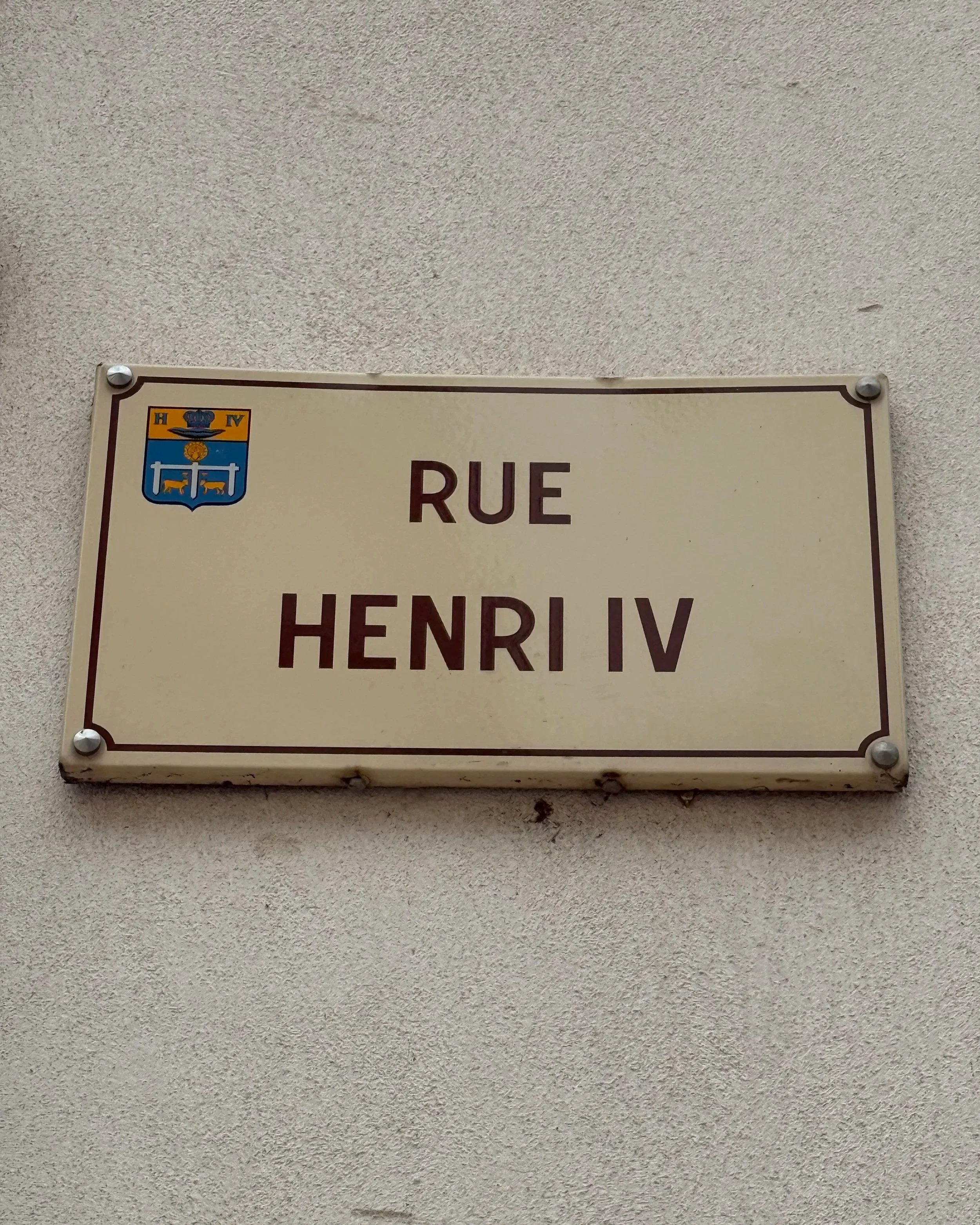
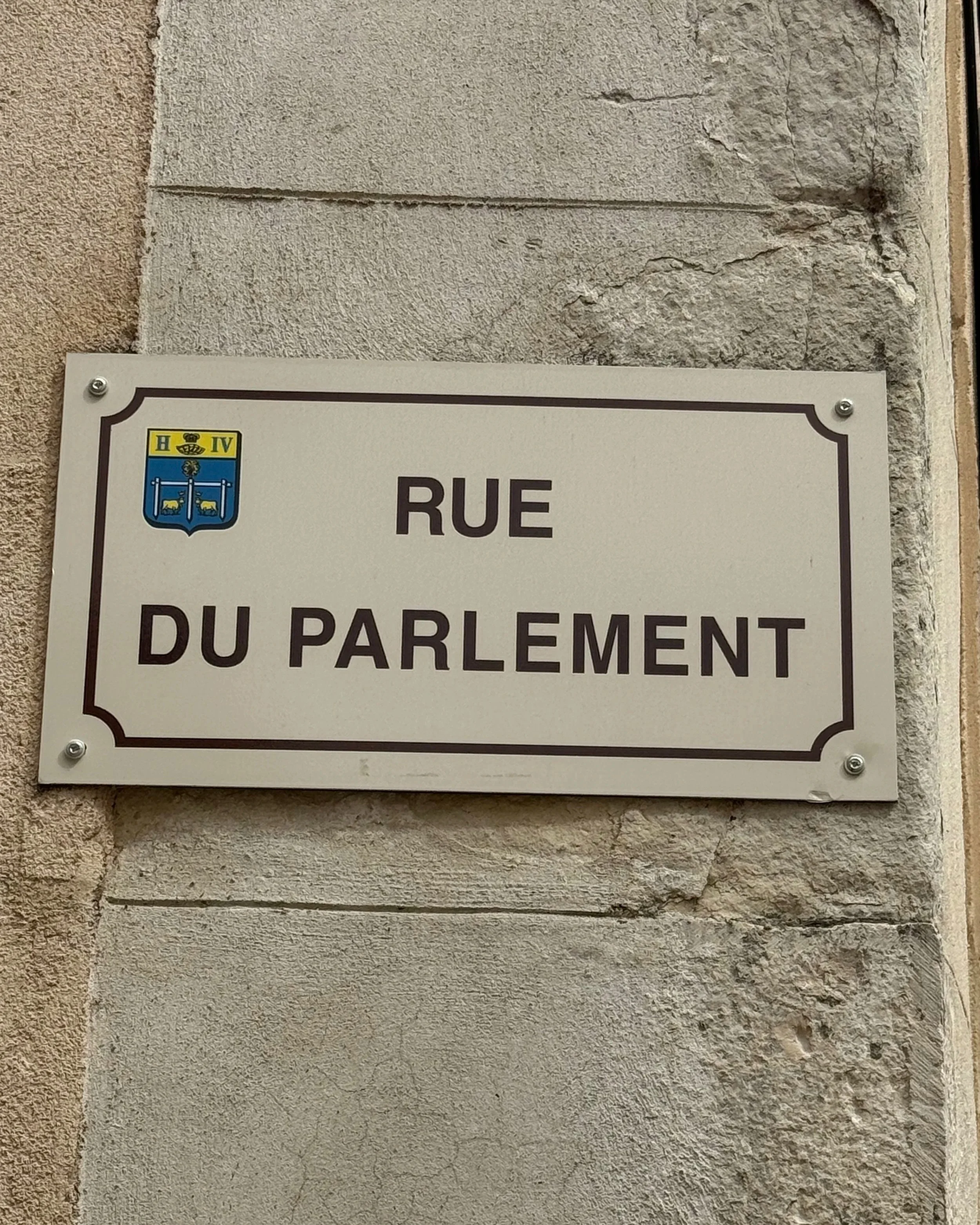
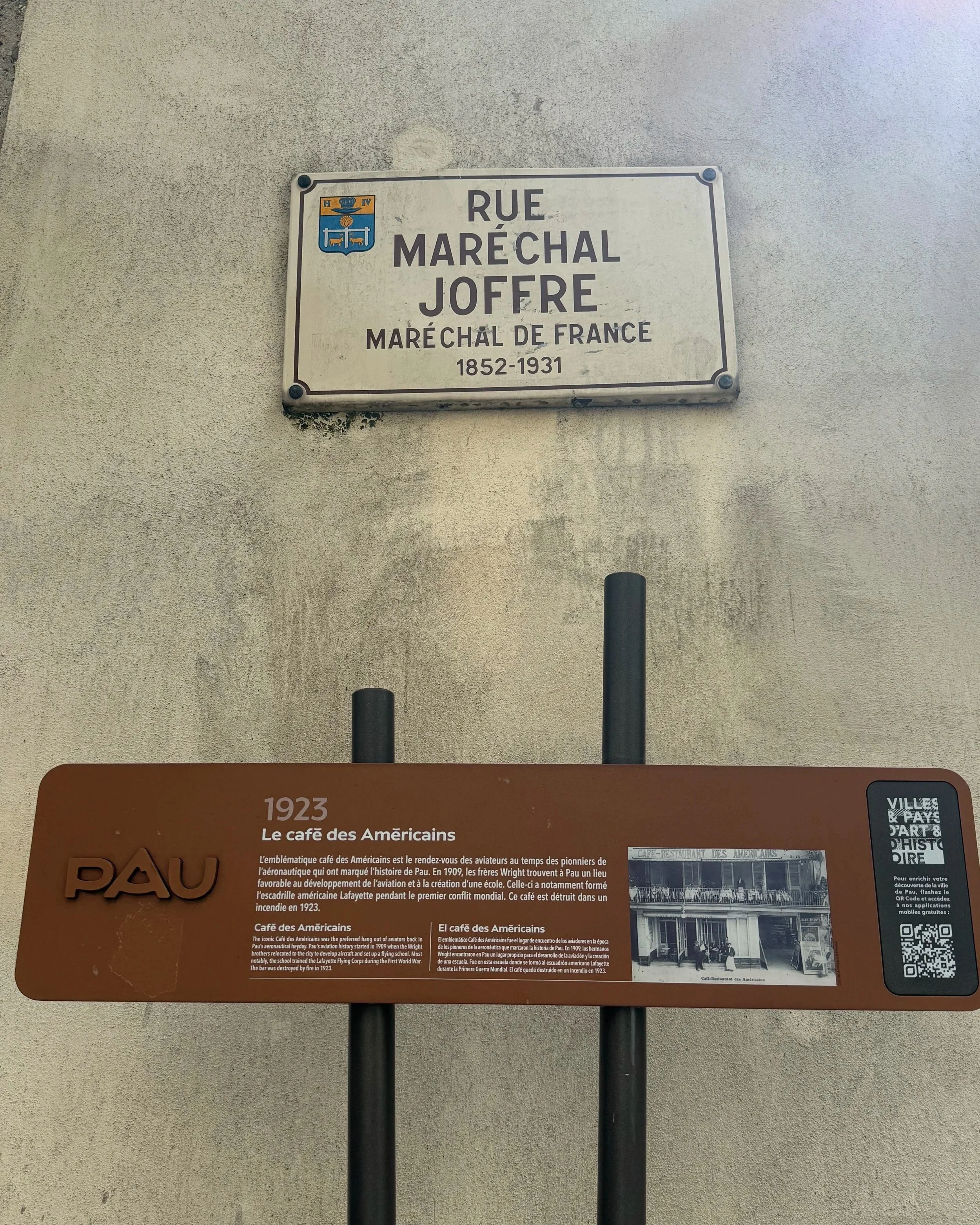
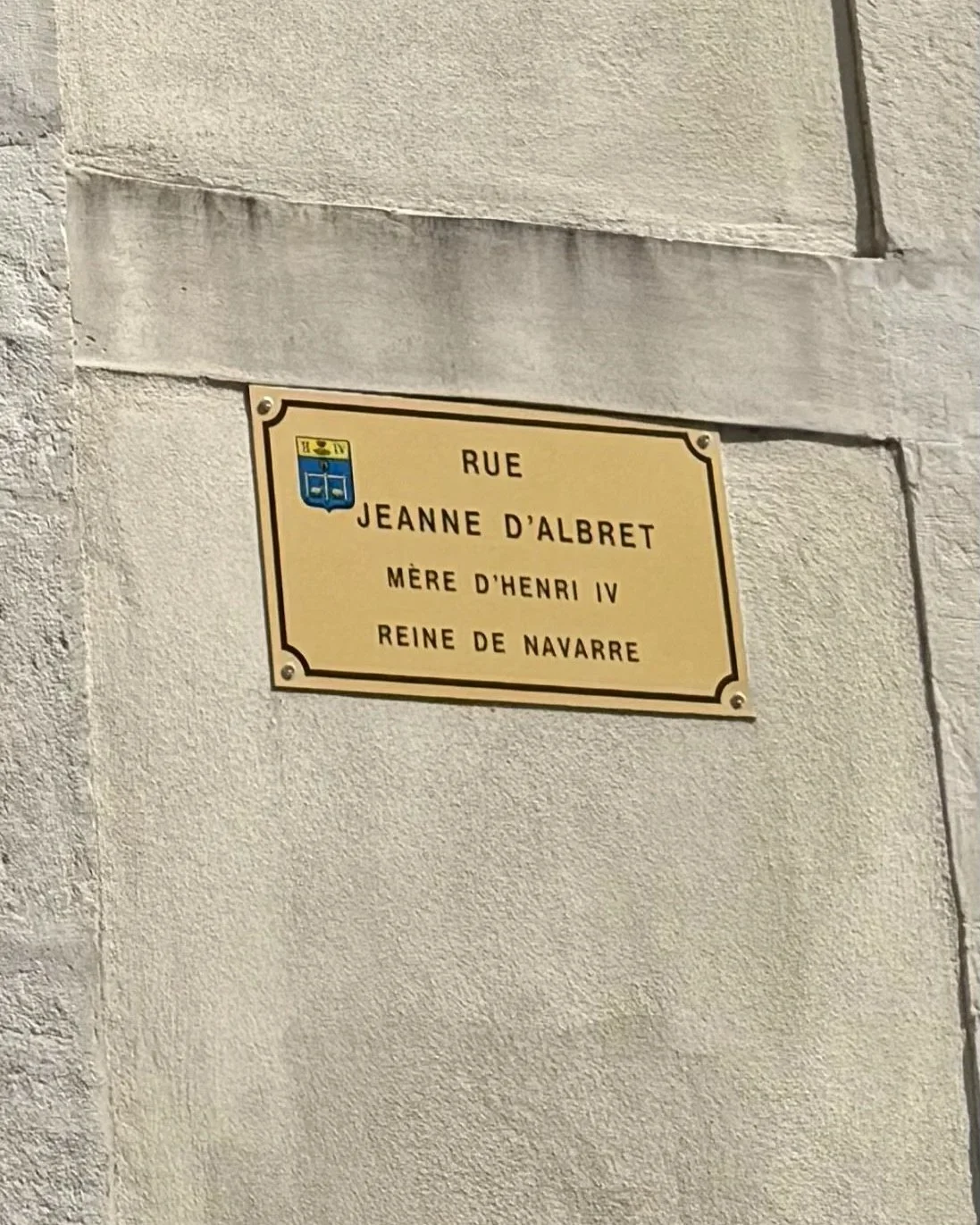
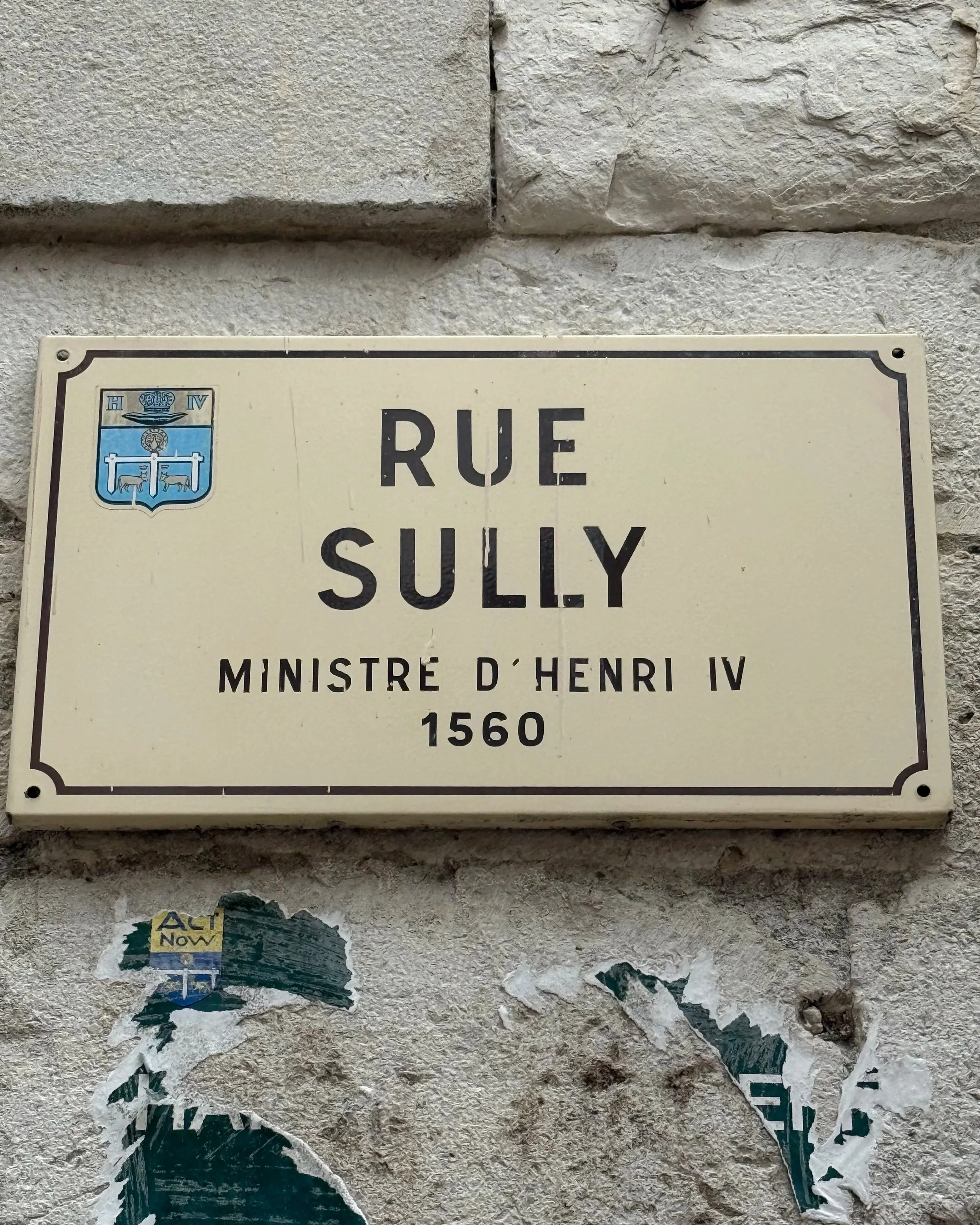
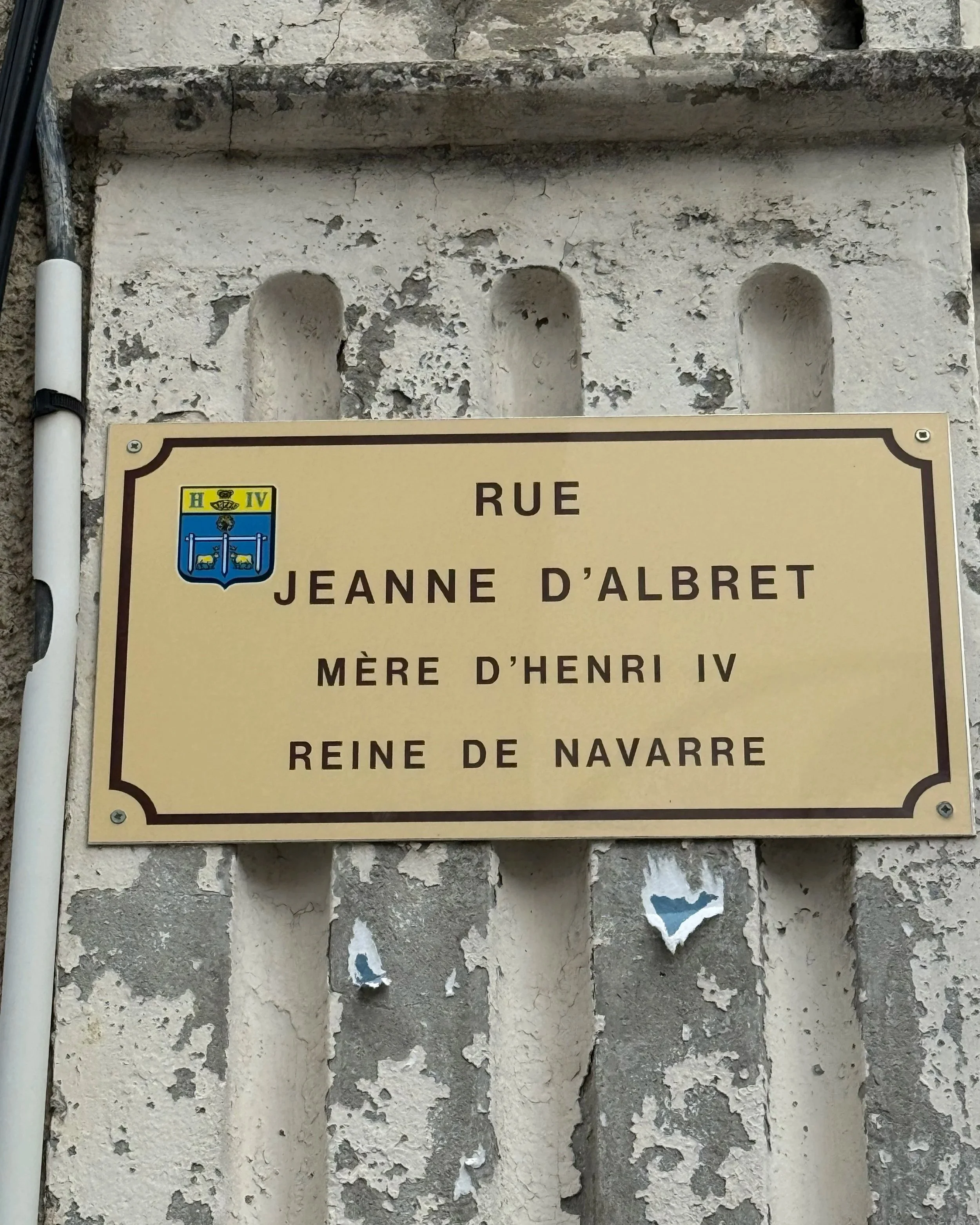
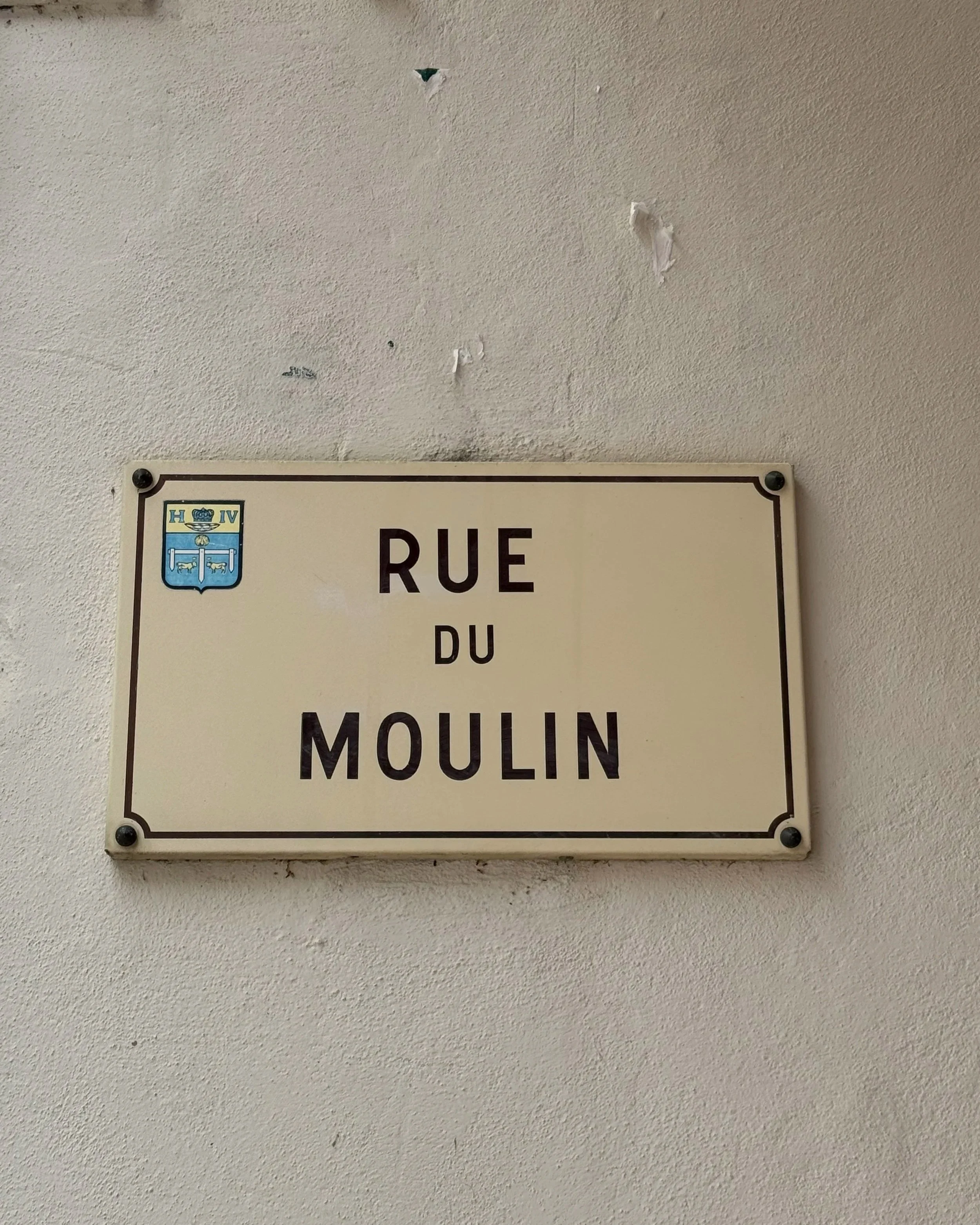
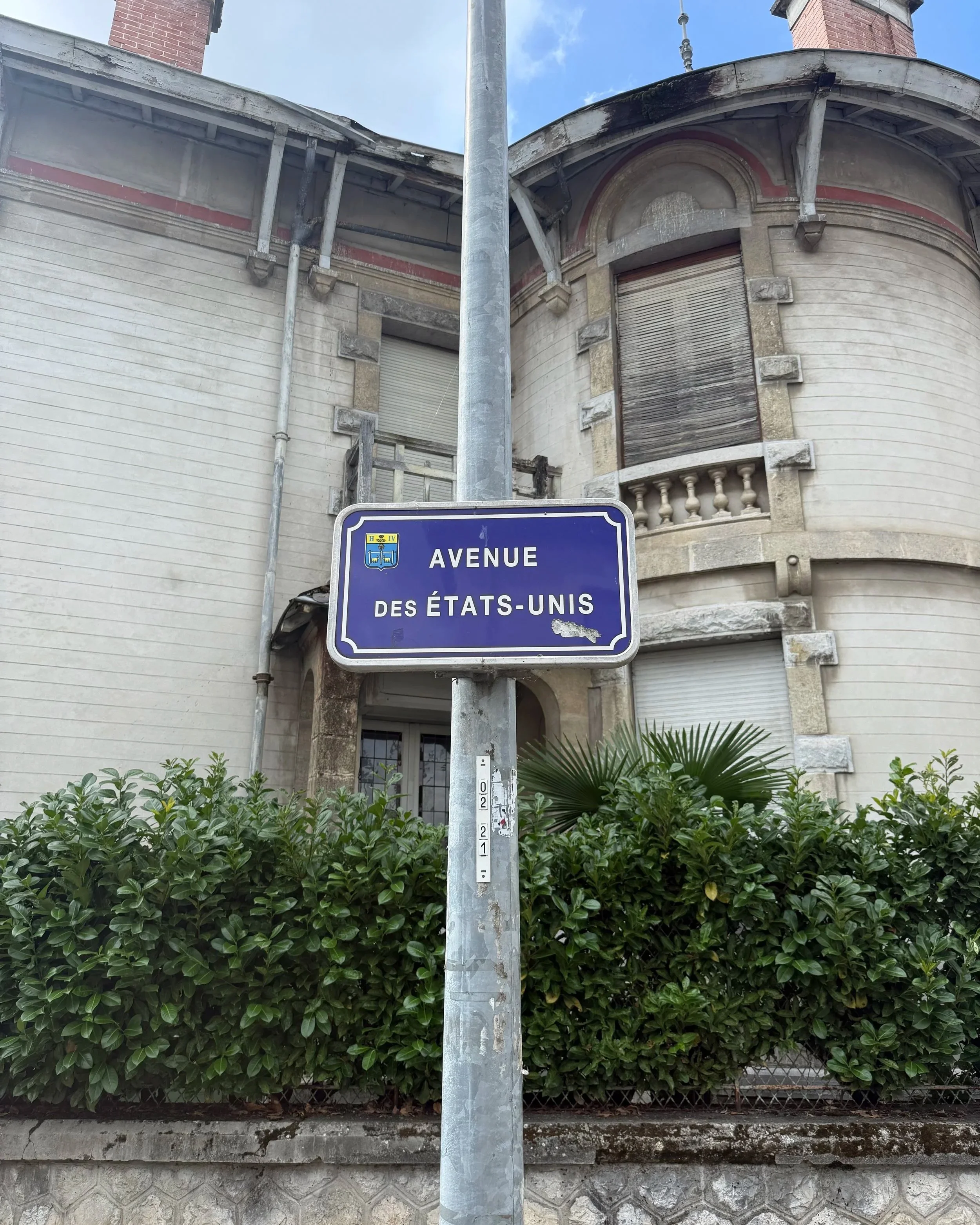
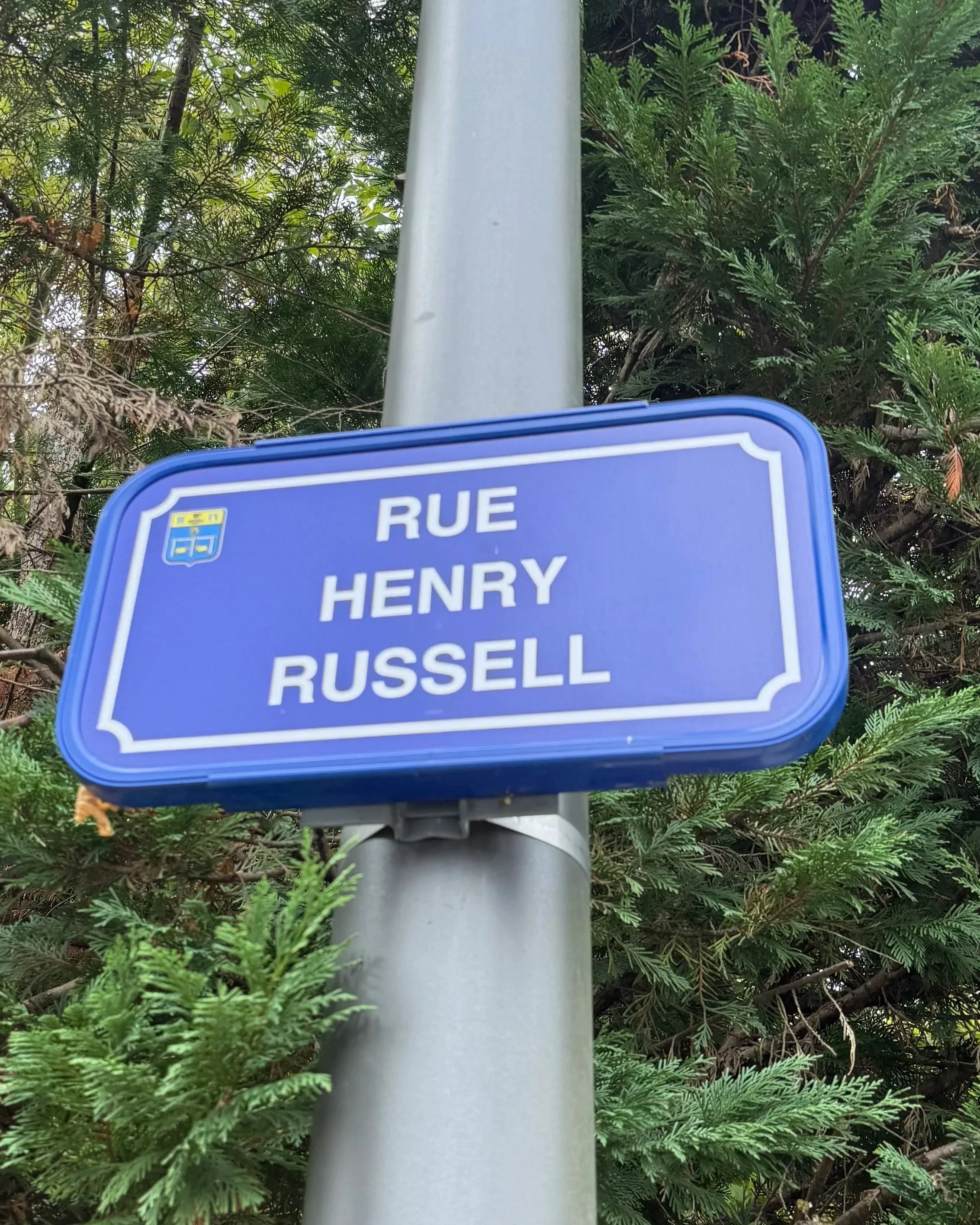
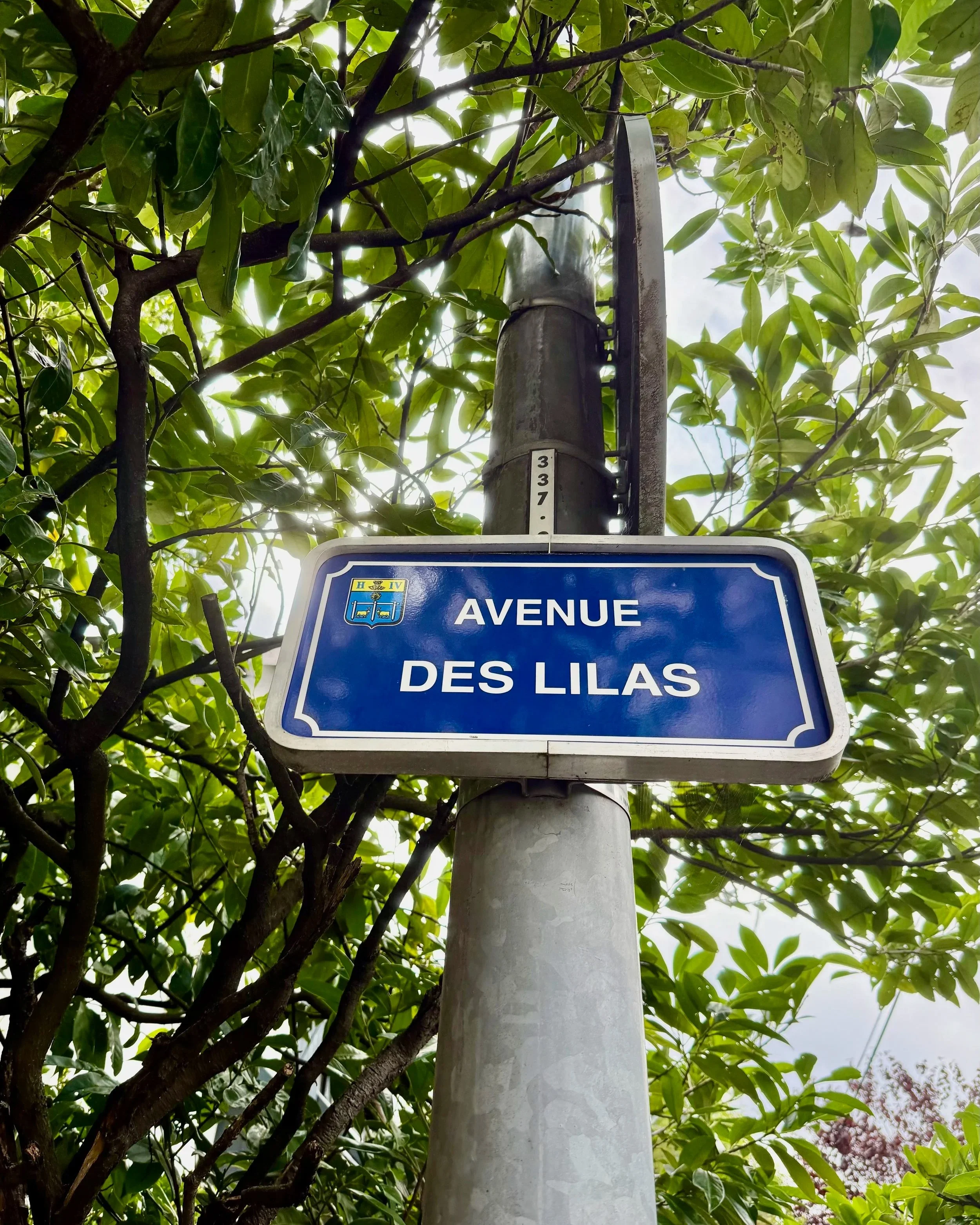
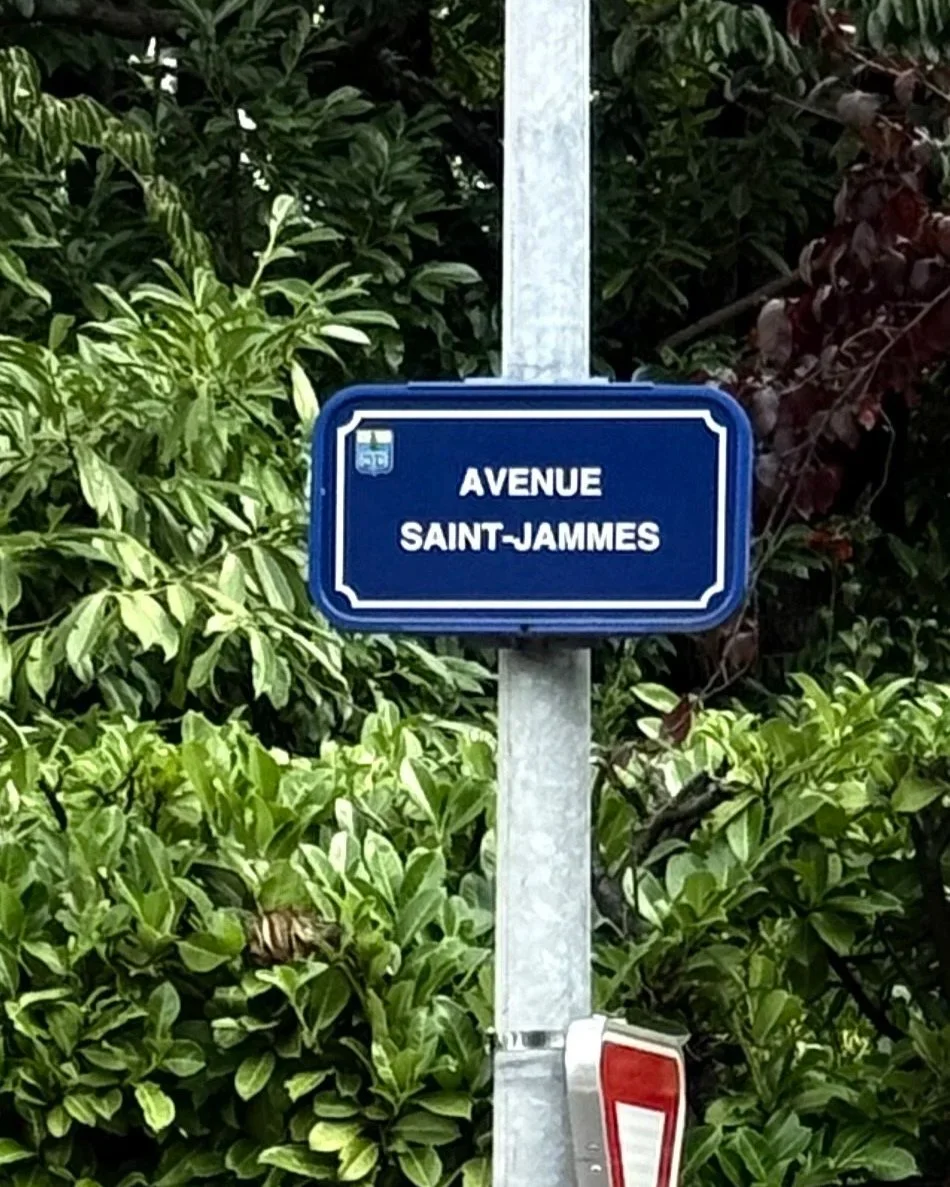
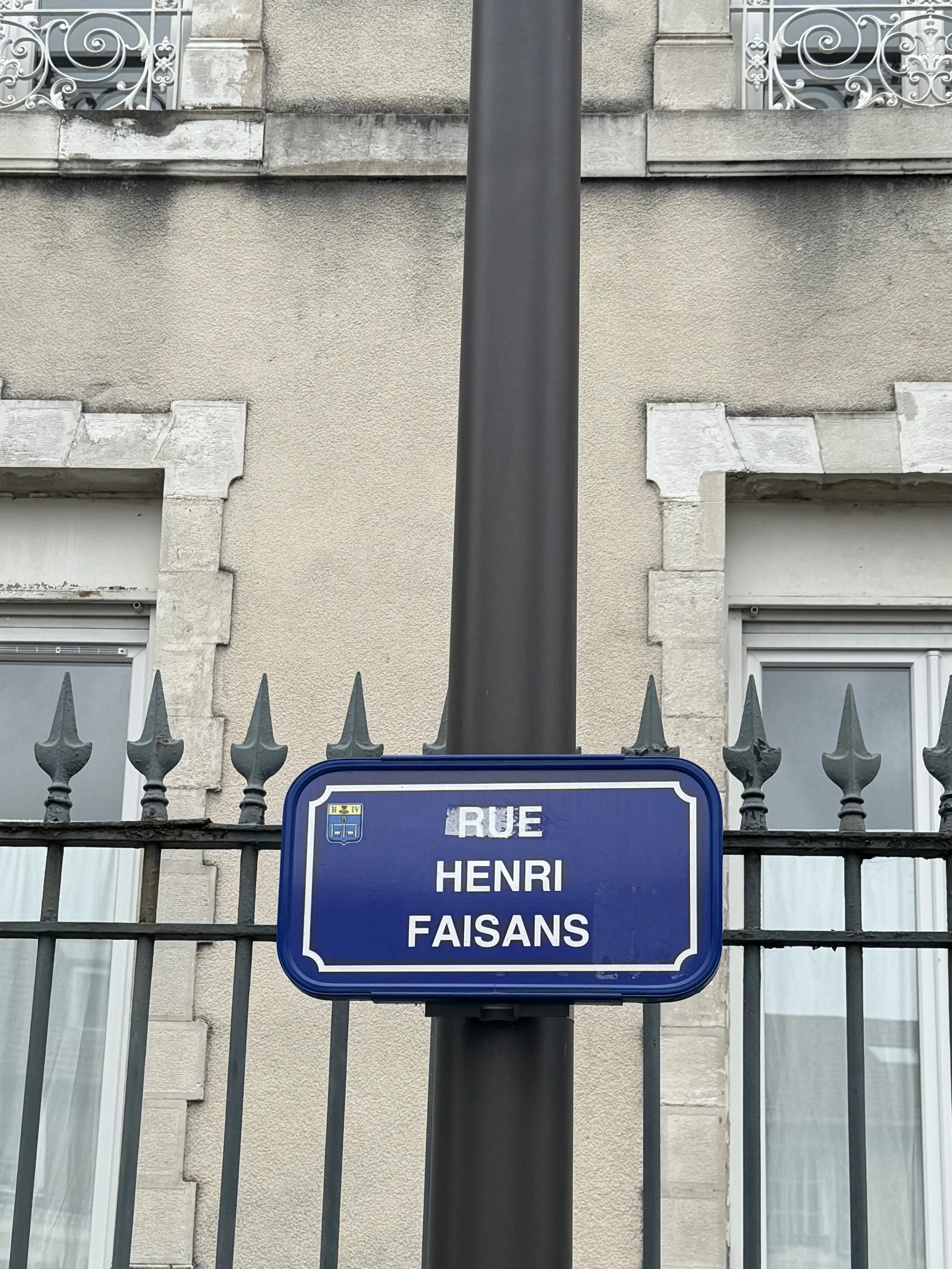
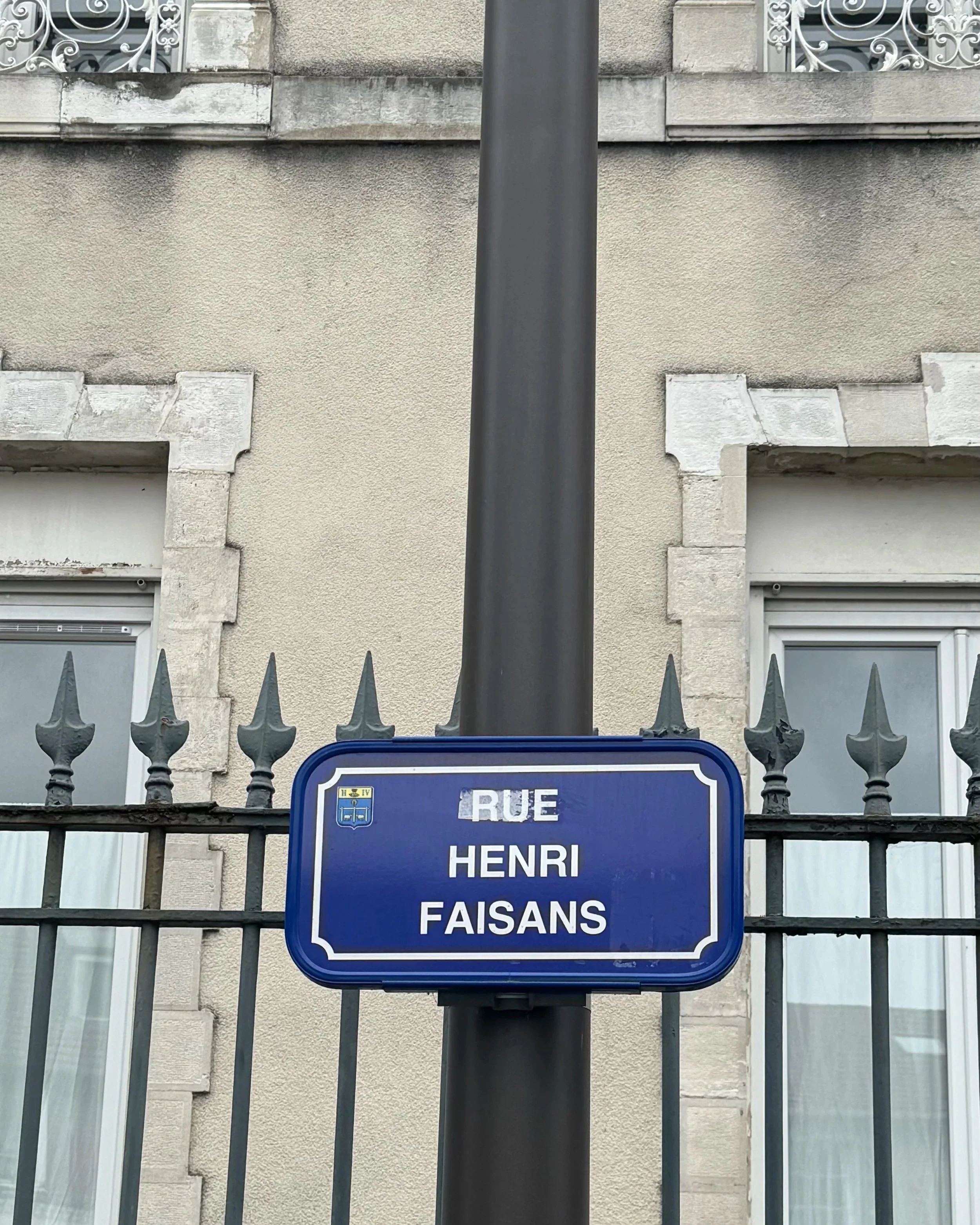
Wishful thinking…
So, what is my take-away from all these moniker musings? It’s that the names we assign to our streets, towns, and public buildings can be purely pragmatic, but they can also speak volumes. The people, places, and things we choose to commemorate often reveal how we see our world and what we value. Perhaps a signage archive dominated by men of war and politics could stand some pruning. We might also benefit from looking deep into the weeds for names that may appear harmless but silently steal the nutrients, light, and water needed for a rich and diverse population to grow. Why not replant with more visionary options like Rue de L’avenir and nurture these places to reflect their inspiration.
I know it’s wishful thinking to imagine that we could actualize Bono’s dream of a world with no street names at all; no boundaries or labels that limit who we are or where we belong. Alas, signage remains indispensable to prevent traffic chaos and aimless wandering. But I believe it would be wise to listen to the inspirational voices of our singers, poets, and artists when choosing who and what we will honor, remember, and revere.
Notes:
(1) Janda Lane, Episode 58: U2 "Where the Streets Have No Name," Behind the Song Pod Cast, Music: Christian Lane, Video Director: Michael Collier, YouTube, https://www.youtube.com/watch?v=k-s2M6ic4JA
(2) Mona Chalabi, “What’s the Most Common Street Name in America?” filed under ABC News column, “Dear Mona,” December 19, 2014. https://fivethirtyeight.com/features/whats-the-most-common-street-name-in-america/ Mona Chalabi is data editor at the Guardian US, and a columnist at New York Magazine. She was previously a lead news writer for FiveThirtyEight.
(3) Olivia Waxman, “Three-minute Read,” Time.com , January 15, 2024. https://time.com/6555673/how-many-streets-named-martin-luther-king-jr/
(4) Russel Contreas, “Hundreds of places with racist names dot the U.S., Axios News, June 6, 2021 https://www.axios.com/2021/06/06/hundreds-places-offensive-racist-names-us
(5) Keith Van Sickle, “What’s in a Name? The Most Popular Street Names in France,” July 17, 2024, France Today https://francetoday.com/learn/whats-in-a-name-the-most-popular-street-names-in-france/
(6) “In France, Street Names Carry a Colonial Burden,” Lisa Bryant, VOA News, June 16, 2020 https://www.voanews.com/a/europe_france-street-names-carry-colonial-burden/6191228.html

